|
When last I wrote, my wine glass and I were enjoying wines from the Russian River Valley, California. However, before I leave this golden state, I have two more wines to taste. The Federalist is a wine brand created by wine producer Terlato Wines that was launched in 2010. It features a range of wines sourced from several AVAs such as Lodi, Sonoma County and North Coast. All the wines are cellared and bottled by Federalist Vineyards. The Federalist pays homage to the Founding Fathers, Statue of Liberty and the American Bald Eagle with etched portraits on each bottle. “Born from the virtues of every forward-thinking, hard-working, red-blooded American, this is The Federalist. This Is American Craft Wine.” I received two samples from the The Federalist portfolio. Chardonnay 2018 This 100% Chardonnay is sourced from vineyards in Mendocino County. It is the only white wine The Federalist produces. The wine is aged in 35% new American and Hungarian oak, with a touch of French. The Hungarian oak contributes to the wine’s spicy character and the American oak rounds it out with a sweeter finish. This wine opens with enticing aromas of citrus, floral, apple and baking spice. The palate is layered with juicy pear, apple, sweet spice and a hint of cinnamon. It is rich and creamy with a surprisingly long finish. Serve as an aperitif or with light fare. Alcohol: 14.5% SRP: $23 Bourbon Barrel-Aged Cabernet Sauvignon 2017 This 100% Cabernet Sauvignon is sourced from vineyards in Lodi. The wine was aged for six months in American oak and then another six months in charred bourbon barrels. Lots of fresh red fruit aromas mix with smoke and spice. The palate offers juicy fruit, raspberry, cherry, smoke, spice and vanilla. This is a well-balanced wine with smooth tannins and just the right amount of acidity. Serve with grilled meat, summer salads, veggies and spicy cuisine.
Alcohol: 14% SRP: $21.99 Stay tuned for more adventures of the traveling wine glass! Until next time… Cheers! Penina To leave a comment or if you have an inquiry, please contact me at [email protected] Many of us are dreaming of places we’d like to travel to but can’t right now so instead, we are navigating through websites, movies, books and food to vicariously enjoy an otherwise unattainable and hopefully, short-lived situation. I have been traveling far and wide exploring wine regions around the world, one glass at a time. Today my wine glass and I are off to sunny California to taste Ron Rubin wines. Ron Rubin Ron Rubin is no stranger to wine. Having grown up in the wine/spirit wholesale business that his father started in 1950 in Illinois, Ron decided to pursue a degree in viticulture and enology at UC Davis in the early 70s. Bitten by the bug of California wines, Ron started adding wines to the company portfolio. Ron recalled, “The salesmen could not understand how to sell these wines. What I learned early on was that I needed to take our team to California, visit the wineries, learn, and then come back to sell the wines. It worked.” It wasn’t until late 2011, that Ron fulfilled a 40-year dream and purchased River Road Family Vineyards and Winery in the Green Valley AVA, a subzone of Sonoma’s Russian River Valley. The winery sits in the mid-slope “sweet spot” of the Green Valley. Green Valley – Russian River AVA Although Green Valley is one of the smallest appellations in Sonoma, it is the most consistent of any North Coast appellation in terms of soil, climate and flavor. Its trademark is the fog and Goldbridge soil. The fog that originates at the Petaluma Wind Gap in the coastal mountains defines Green Valley. Due to Green Valley’s proximity to the gap, this is the first place that the fog rolls in and the last place to burn off. Because of this, Green Valley encounters cooler morning temperatures for a longer period, more so than the northern parts of the Russian River. Temperature shifts are subtler here and the cool marine climate, cooler daytime readings and long growing season allow the grapes to slowly develop character and flavor as well as retain acidity and balance of sugars. This, in turn, adds to the complexity, aromas, lower alcohol and freshness of the wines. Goldridge soil is the most predominant type of soil here. It is 60% sand, 10% clay and 30% silt particles that are the remains from an ancient inland sea dating back three to five million years ago. The soil consists of a top layer of fine sandy loam that covers a subsoil of sandy loam and fractured sandstone. The soil provides good drainage and excellent, natural chemical balance. This is a perfect growing environment for cool-climate grapes such as Pinot Noir and Chardonnay. River Road Vineyards/Ron Rubin Winery The winery has nine acres of vineyards of which 6.5 acres are devoted to growing Pinot Noir and 2.5 acres are for growing Chardonnay. Ron also buys fruit from a carefully chosen handful of growers, three of whom have been selling fruit to the winery for decades. The winery is both SIP (Sustainability in Practice) Certified and Certified Sustainable by the California Sustainable Winegrowing Alliance. With his head winemaker, Joe Freeman, Ron produces two well-defined brands, Ron Rubin Wines and the River Road collection. I received seven bottles of wine representing both brands. River Road Collection Most of the wines in this portfolio are priced from $14-$20, with the exception of a Pinot Noir priced at $30. The portfolio includes an extensive range of wines established by the winery’s former owners. Ron believes that good wine should be accessible, “exceptional wines at a great value.” A signature of this collection is its easy drinking style. Ron says, “I’m a fan of low alcohol wines. I keep the alcohol in check to produce elegant wines that you can enjoy, glass after glass.” Un-Oaked Chardonnay 2019 Chardonnay grapes are sourced from both estate-owned and family-owned vineyards. This is a fresh, light wine with nice aromas of citrus and hints of honeysuckle. A palate of green apple, grapefruit, pear and crisp acidity makes this quite refreshing. Alcohol: 12.5% SRP: $14 Reserve Chardonnay 2018 Chardonnay grapes for this wine are sourced from the Russian River Valley. The wine is aged in both oak barrel and stainless steel tanks. Floral, pear and vanilla aromas segue onto the palate with hints of citrus, apple, peach and lemon zest on the finish. Bright acidity and a creamy mouthfeel blend well together. Alcohol: 13.7% SRP: $18 Reserve Cabernet Sauvignon 2018 Cabernet Sauvignon grapes are sourced from the Alexander Valley. This wine is aged for nine months in French and American oak barrels. A juicy bouquet of berries, plum and baking spice continue onto the palate with blackberry, strawberry, dark cherry and toasted oak. Fresh acidity rounds out the palate with a smooth and pleasant mouthfeel. Alcohol: 13.9% SRP: $25 Pinot Noir Stephanie’s Cuvée 2017 Pinot Noir grapes are sourced from Green Valley and the wine is aged in 20% new French oak barrels. This wine opens with a bouquet of ripe red fruit, floral, baking spice and a touch of blueberry and raspberry. The palate offers lush blackberry, raspberry, spice, cocoa and a dollop of dark cherry and vanilla on the finish. It is a smooth blend of fresh acidity and tannins. Alcohol: 14.3% SRP: $30 Ron Rubin Collection These wines are mostly made with Russian River fruit made from blends of different estates that add complexity and consistency from year to year. Winemaker Joe Freeman says, “Differences in terroir are more important with Pinot Noir. For Chardonnay, it’s the clones that have more impact.” The wines carry a price tag of $14-$25. Pam’s UN-Oaked Chardonnay 2018 When Ron Rubin bought the winery, his wife Pam asked him to please make an un-oaked version of her favorite white grape, Chardonnay. Ron and Joe Freeman set to work and one year later, Pam’s UN-Oaked Chardonnay made its debut. The grapes for this wine were sourced from Clarksburg, Lodi and Mendocino County. This is a fresh fruit, off-dry wine with plenty of juiciness and moderately low-alcohol. Citrus, lots of pear, sweet apples and nectarine envelop the palate. It is balanced with just the right blend of alcohol, acidity and sugar. And yes, there is the slightest hint of effervescence Alcohol: 12.5% SRP: $14 Ron Rubin Russian River Valley Chardonnay 2018 Grapes were sourced and handpicked from an intricate blend of clones in the winery’s favorite vineyards. The grapes were barrel fermented with a mix of French and American oak. After fermentation, the wine was aged for over six months in oak barrels with another six months or so in the bottle. Pear, tart apples and baking spice greet the nose with an abundance of juicy pear, apples, honeydew and hints of minerality that entertain the palate. A creamy texture with a balance of bright acidity adds to the structure of this wine. Alcohol: 13.7% SRP: $20 Ron Rubin Russian River Valley Pinot Noir 2017 This wine is made mostly from Green Valley grapes grown on the estate with some grapes acquired from a few local, family vineyards. The wine was aged in new French oak barrels. Aromas of ripe red fruit, sweet spice, cherry, berries and a hint of herbs lead to a palate of sour cherry, cranberry, ripe red fruit, vanilla and a touch of earth. Soft tannins and crisp acidity round out this fruit-driven wine.
Alcohol: 13.7% SRP: $25 All of these wines are light, food-friendly and price approachable and they are fun to drink. Pour a little California sunshine in your wine glass! Until next time… Cheers! Penina To leave a comment or if you have an inquiry, please contact me at [email protected] Many of us are frustrated and trying to be inventive in the kitchen as our food supplies dwindle and items become difficult to find. It is one of many challenges during our shelter in place and quarantine due to COVID-19. While rummaging through my kitchen cabinets the other day to take stock of what was left, I discovered a large unopened bag of organic quinoa. It was like finding the Holy Grail! My mind was going a mile minute thinking of all the quinoa recipes I knew and more importantly what ingredients I had on hand that might help me endure another few weeks while sheltering in place. With limited supplies, I decided to make sautéed quinoa cakes. I had one shallot left, a jar of pumpkin seeds (used as a substitute for pine nuts), grated Parmesan, cranberry Craisins, dried herbs, eggs and olive oil. I know it is a strange combination of flavors, but it worked! After gently cooking the quinoa, I set it aside to cool. I combined the minced shallot, pumpkin seeds, Parmesan, Craisins and herbs, one or two beaten eggs as needed and then mixed it into the cooled quinoa, adding salt and pepper to taste. I heated up the skillet with olive oil, formed the quinoa mixture into patties and sautéed them for about five minutes on each side until they were golden brown. A few fell apart but they were very tasty, nonetheless. My next decision was what wine to pair with the quinoa cakes. It was a no-brainer. Donnafugata SurSur 2018 Grillo, Sicilia DOC SurSur is made with 100% Grillo grapes, an ancient indigenous variety from Sicily. Grillo is one of Sicily’s best-known grapes found throughout western Sicily and is noted for its citrus flavors, sweetness and mild acidity. Due to the grape’s high sugar levels, it is ideal for the production of fortified wines. Historically, Grillo was used in the production of Marsala wine. However, Catarratto has taken the lead. And now due to the innovation of winemakers, Grillo has a wide range of styles, from crisp and savory, to structured and mature. It is interesting to note that in 1848 Grillo became a hybrid of Zbibbo and Catarratto. The grapes for SurSur were harvested from Donnafugata’s Contessa Entellina Estate Vineyard located in the Southwestern part of Sicily. The wine is aged in tanks for two months and then at least three months in the bottle before release. This is a “sit up and take notice” fresh wine with enticing aromas of white flowers, citrus, stone fruit and pineapple that segue onto the palate with pear, lemon and a hint of herbs. It has a nice balance of savory and fruit with moderate acidity. Serve as an aperitif or pair with light appetizers, seafood, salads and quinoa cakes! To quote Donnafugata, “SurSur is a fresh and fruity Grillo with a youthful spirit”. Alcohol: 13% SRP: $21 The quinoa cakes and SurSur were a perfect “pas de deux” of sweet and savory and my palate is quite happy! Stay tuned for more #stayhome adventures with limited kitchen ingredients and lots of wine!
Until next time… Stay Safe, Stay Home and Be Well! Cheers! Penina To leave a comment or if you have an inquiry, please contact me at [email protected] Several months ago I journeyed to Franciacorta, located in the Lombardy region of northeastern Italy. My stay was brief, but the sparkling wines produced there left quite an impression on my palate. Upon my return home, I received an invitation to attend a sparkling wine tasting and luncheon in NYC featuring the wines of Mirabella, an established winery in Franciacorta. A small group of us gathered in a private room at the Palma restaurant that was adorned with flowers and a dash of spring! It was festive and a perfect setting to enjoy sparkling wines. For those of you who may have missed my story about Franciacorta, here is a recap. Franciacorta is a small wine-producing area located in the captivating Brescia province in the heart of the Lombardy region of northern Italy. It is a picturesque wine region surrounded by the foothills of the Alps to the east, the Oglio River to the west, the shores of Lake Iseo to the north and Po Valley to the south. It is an ideal setting for sparkling wine production. Due to the morainic origin of this area (rocks and sediments that were carried down by the retreating glaciers), the well-draining alluvial soil is rich in minerals. The climate in Franciacorta is considered warm continental, which is influenced by the Alps. The area also benefits from its close proximity to Lake Iseo, which helps to moderate temperatures and plays an important role in both summer and winter seasons. A beautiful dance takes place between the cool air that descends from the Alps and is then captured by Lake Iseo allowing just the right amount of warmth to spread over the vineyards for the grapes to ripen and reach proper sugar levels. The dance continues at night when the cool air from the higher elevations of the Alps swoops down to bring fresh air and cool the vineyards from the heat of the day. The diurnal temperatures contribute to optimal grape ripening and preserving acidity in the grapes. Although still wine and sparkling wine have been made in this area for centuries, it is Franco Ziliani, a young winemaker working for Guido Berlucchi who is credited for his approach to making the highest quality metodo classico wine with his first vintage in 1961 bearing the name ‘Franciacorta’ on the label. This set in motion the drive for other winemakers to also make the best sparkling wine with the aim for “high quality, not quantity”. In 1967, DOC (Denomination of Controlled Origin) was formed with 11 producers. In 1990, Franciacorta was given official status and the Consortium Franciacorta was founded. As stated by the Consorzio Franciacorta, ”The name on the label – Franciacorta- is a single word that defines the land, the production method and the wine”. In 1995, Franciacorta obtained DOCG status, the highest standard of quality for Italian wine. Today, the Consorzio represents 97% of the producers in Franciacorta. The Franciacorta DOCG sparkling wines are produced exclusively using the traditional “Metodo Classico” method where the second fermentation takes place in the bottle. Only Chardonnay, Pinot Nero (Pinot Noir) and Pinot Blanc are allowed in the blend. The regulations are very strict. The harvest must be done by hand and the requirements for aging on the lees are as follows: Franciacorta Non-Vintage is 18 months Franciacorta Satèn and Rosé Non-Vintage is 24 months Franciacorta Vintage is 30 months Franciacorta Riserva is 60 months Now that you are all caught up on Franciacorta, let’s explore Mirabella. Mirabella is a family-run winery that was founded in 1979 by Teresio Schiavo and the late Giacomo Cavalli. The estate derives its name from Mirabella hill, where the oldest vineyard was planted. Today, Teresio’s sons Alessandro and Alberto run the business along with their father and all three are oenologists! Alessandro is Cellar Master and works alongside his father Teresio producing wines and Alberto is the Marketing, Sales and Commercial Direction Manager. Teresio said, “Because Alessandro took over the oenological aspects and is progressing with skill and above all, great enthusiasm, I willingly put my faith in him, leaving me with fewer commitments and responsibilities. My son, Alberto, is a much better public speaker than me and is well suited to his tasks of marketing and director manager.” Mirabella is comprised of 13 vineyards spread over 56 hectares which are all organically farmed. The winery is among the first to adopt a sustainable approach in the vineyards as well as in the cellar. Due to the cellar’s underground location, it is surrounded by natural thermal insulation that maintains the correct temperature and humidity inside. Thick concrete tanks keep wine at naturally low temperatures without the need for external cooling devices, thus using less energy. Since 2012, Mirabella has been using 100% renewable energy. In addition, Mirabella has been working on lowering the amount of sulphites for all their wines. In 2013 they released their first no-sulphite wine, Elite, Franciacorta DOCG Extra Brut. There are zero sulphites and zero allergens such as milk and egg used for the fining process. This is an ongoing project that is taking Franciacorta to the next level. Mirabella produces eight wines of which I had the pleasure of tasting five at the luncheon. Pinot Bianco Brut Nature is made with 100% Pinot Bianco. The use of this grape is rare in Franciacorta and is one of Mirabella’s distinctive wines. Mirabella is the only winery in Franciacorta to have the highest amount of plantings. They have invested much time over the past 40 years cultivating this terroir-driven grape, which is delicate and requires a lot of attention. Because these grapes are early and fast to ripen, Pinot Bianco is the first grape to be harvested. The first fermentation takes place in concrete vats and the second fermentation for 24 months in the bottle and then three additional months after disgorgement. This is a lovely sparkling wine with a bouquet of floral, yeast and light fruit. The palate offers creamy, persistent bubbles with pear, apple and a hint of herbs. It is well integrated with freshness and acidity. Satèn Franciacorta DOCG is made with 100% Chardonnay harvested from 18 year-old-vines. With the first fermentation, 10% of the basic wine is placed in barriques. Second fermentation is over 36 months in the bottle and three additional months after disgorgement. Aromas of white flowers and stone fruit lead to a palate of fresh acidity, pear, a touch of lemon zest, vanilla, honey and a deliciously creamy mouthfeel and fine bubbles. Edea Brut Blanc de Blanc DOCG is a blend of 80% Chardonnay and 20% Pinot Bianco The first fermentation takes place in cement vats and the second fermentation is minimum 24 months in the bottle with three more months after disgorgement. Lovely aromas of stone fruit, floral and citrus lead to a palate of fresh acidity that is well integrated with apples, pear, baked bread, persistent bubbles and a rich mouthfeel. This is a light wine with pleasing complexity. Edea Brut Blanc de Blanc DOCG is a blend of 80% Chardonnay and 20% Pinot Bianco The first fermentation takes place in cement vats and the second fermentation is minimum 24 months in the bottle with three more months after disgorgement. Lovely aromas of stone fruit, floral and citrus lead to a palate of fresh acidity that is well integrated with apples, pear, baked bread, persistent bubbles and a rich mouthfeel. This is a light wine with pleasing complexity. Rosé Franciacorta DOCG is a blend of 45% Pinot Noir, 45% Chardonnay and 10% Pinot Bianco. The estate began producing rosé back in 1982, making it one of the first wineries in Franciacorta to do so from the above blend. Today, rosé represents one-quarter of Mirabella’s business. The grapes are picked at different times and aged in the bottle a minimum of 36 months up to 48 months. Mouthwatering aromas of red fruit, floral, candied apple and toast spill onto the palate with berries and a creamy mouthfeel. This is a wine that keeps going and going! Yummy! Dom Rosé Riserva Dosaggio Zero Riserva Vintage 2009 This is a beautiful blend of 60% Pinot Nero, 25% Pinot Bianco and 15% Chardonnay grapes harvested from the oldest Mirabella vineyard. The first fermentation takes place in cement vats, with only the Chardonnay fermenting in French oak barriques with five months of batonnage. The second fermentation is at least 100 months in the bottle with no less than six months more after disgorgement. These Riserva wines are only available in limited amounts of 1500 bottles. The complexity of this wine is apparent both on the nose and palate with intense aromas of spice, red fruit and brioche. The palate is a dance of berries, with strawberry dominating. Hints of pepper mingle with pomegranate, citrus, spice and an undertone of minerality accompanied by fine bubbles and a silky mouthfeel.
Mirabella represents tradition combined with innovation, respect for the land and for man, consistent quality and sustainability, and wines that maintain the expression of the land. Until next time…Stay Safe, Stay Home and Be Well! Cheers! Penina To leave a comment or if you have an inquiry, please contact me at [email protected] I remember the first time that I tasted a dollop of peanut butter on a spoon. I couldn’t understand why anyone, especially my older brothers, would eat something that stuck to the roof of the mouth rendering one unable to utter anything intelligent. Albeit, I was only three, but I wanted nothing to do with any food that made it difficult for me to speak. And, then my mother presented me with a sandwich made with lots of grape jelly and creamy peanut butter. As Oprah would say, it was an “aha” moment and I was forever hooked on peanut butter. Many, many years later, whenever I had the “munchies” my go-to snack was making a peanut butter, banana and honey sandwich. Ah, those were the days! After my first son was born, my home became a “no peanut zone” due to his lethal allergy to peanuts. What once was a food staple for me, fell off the grid entirely. My son is all grown up now and has a home of his own, but out of habit, I still don’t buy peanut butter. So, you might imagine my great excitement when a package arrived from bNUTTY containing an array of gourmet peanut butter. And as I started unpacking these precious jars of Blissful Blueberry, Totally Toffee, Irresistible Pretzel, Skinny Dip, Cinnamon Sugar Cookie and Simply Salted Caramel my palate began to sing in anticipation. bNutty was founded in 2014 by two soccer moms, Joy Thompkins and Carol Poldolak. It all began in a kitchen with Joy and Carol making a healthy snack (peanut butter) to sell at fundraisers for the local soccer team. Their product eventually became so popular they started selling it locally to markets and shops throughout Northwest Indiana. Fast-forward to today and a new 16,000 sq. ft production facility based out of Portage, Indiana. Here they make all-natural artisan peanut butter made with freshly ground honey roasted peanuts grown in the US. The peanut butter serves as a base for 16 delicious flavors. It’s quite a success story to go from making peanut butter for fundraisers to selling their products on QVC, Walmart, grocery stores nationwide and Amazon.com! The peanut butter is sold in 2 oz, 8 oz and 12 oz jars as well as variety packs. The samples I received were all very tasty, but I had a few favorites. Irresistible Pretzel is made with pretzels and white chocolate. There is no added sugar! This is a great blend of sweet and savory and has just the right amount of crunch. The white chocolate does not get lost in the peanut butter. Totally Toffee is made with toffee, milk chocolate and almonds. I’m a toffee fan so I loved the little bits of toffee in every mouthful. It has a nice texture that is crunchy and creamy at the same time. Skinny Dip is made with granola, various nuts and honey. This is a crunchy peanut butter treat. Just think peanut butter instead of yogurt for a blissful granola parfait. All of the samples that I tasted are fun to eat by the spoonful right out of the jar or with your favorite jam or jelly in a sandwich. Or be creative and bake peanut butter cookies, muffins and pancakes. They also taste delicious with apples and bananas! And by the way, peanut butter goes very well with sparkling wines and still wines high in acidity such as Riesling, Sauvignon Blanc, Chablis, Pinot Noir and Brunello Di Montalcino. If you like peanut butter, then bNutty products are worth exploring! I’m in peanut butter heaven!
Until next time… Cheers! Penina To leave a comment or if you have an inquiry, please contact me at [email protected] Zenato Winery’s tagline “The soul of Lugana and the heart of Valpolicella” encapsulates the essence of this winery located in Veneto in northeastern Italy. Sergio Zenato and his wife, Carla, founded Zenato in 1960. Sergio’s life long dream was to create a winery and produce memorable wines reflecting the “fruits of the earth” from which they were grown. His vision was realized and today these expressive wines are the result of his tireless efforts, love for his land and passion for quality. Both children, Nadia and Alberto Zenato, now run the winery. Nadia manages the marketing and promotional activity and Alberto is the winemaker who oversees all aspects of production. Zenato has 95 hectares of vineyards that stretch from the banks of Lake Garda in Lugana to the hills of Valpolicella’s “classic zone” in the province of Verona. The Santa Cristina estate is located in San Benedetto di Lugana where Trebbiano di Lugana grapes are grown. Lugana DOC is a small denomination that produces only white wines and is renowned for its distinctive morainic terroir of penetrating humid clay soils and rich minerals deposited by the glacial moraines of thousands of years ago. The wines are naturally high in acidity with characteristic aromas of white flowers and citrus. Zenato’s Costalunga estate in Valpolicella produces the famous grape varieties Corvina, Rondinella, and Oseleta. Valpolicella is considered the most famous red wine area in Veneto and was given DOC status in the 1960s. There are many styles produced here such as Classico, Superiore, Amarone and Ripasso and they range from light and easy-drinking to powerful and complex wines. I had the pleasure of tasting three Zenato wines that are great examples of what this winery produces. Lugana di San Benedetto DOC 2018 This wine is made from 100% Trebbiano di Lugana harvested from the San Benedetto vineyard on the south shore of Lake Garda. A pale lemon color opens to heady aromas of floral, citrus and stone fruit. Beautiful notes of white flowers, peach, pear and minerality sate the palate with a hint of apricot on the finish. This wine has a round, creamy mouthfeel that is blended nicely with crisp acidity. Drink as an aperitivo or serve with fish, light salads and Asian cuisine. Alcohol: 13% SRP: $20 Alanera Rosso Veronese IGT 2017 This wine is a blend of 55% Corvina, 25% Rondinella, 10% Corvinone, 5% Merlot, and 5% Cabernet Sauvignon. Fifty percent of the grapes harvested for this wine are partially dried for 45 to 60 days. The highly concentrated juice from this process adds an array of aromas, flavors and complexity to the blend. A period of 12 months is spent aging in French barrels with another three months of bottle aging. Lovely aromas of cherry, plum, tobacco, floral and spice segue onto the palate with added flavors of dried herbs, prune and vanilla. It is a perfect blend of silky tannins and acidity with the bonus of a long and luxurious finish. Serve with meat, stews, aged cheese and fatty fish. Alcohol: 13.5% SRP: $20 Ripassa Valpolicella Superiore DOC 2015 This wine is a blend of 85% Corvina, 10% Rondinella and 5% Oseleta. The Ripasso method is a technique where the Valpolicella wine is re-passed onto the pressed dried grape skins from which Amarone is made that are still warm and rich in sugar. A second alcoholic fermentation begins which increases the alcoholic content and the wine becomes richer in color and bouquet. The wine is aged in French oak for 18 months and an additional six months in the bottle before release. This is an elegant wine with intense aromas of dark fruit, plum, spice and forest floor. The palate is layered with rich, ripe fruit such as cherry, plum and blackberry. Hints of baking spice, dark chocolate and minerality show through with creamy tannins and are nicely balanced with acidity and alcohol on a long finish. Serve with meat, game, pasta and hard cheese.
Alcohol: 14.5% SRP: $30 These are expressive wines and a great representation of Zenato. And, they have definitely captured the heart and soul of Lugana and Valpolicella! Until next time… Cheers! Penina To leave a comment or if you have an inquiry, please contact me at [email protected] Women’s History Month begins on March 1st. Its purpose is to acknowledge and commemorate all the contributions either great or small that women have made throughout history and continue to do so. Taking only one month a year to celebrate women is not enough as far as I’m concerned. However, if during March we succeed in sharing enough stories, perhaps it will inspire and encourage younger generations that they too can overcome obstacles and aspire to become whoever and whatever they want to be. Within the global wine and spirits community, there is a multitude of women who have broken barriers and stepped into roles that were once dominated by men. Female winery owners and winemakers are no longer the “exception” and female distillers and master blenders are on the rise! The list of accomplished women is lengthy and impressive! Here are just a few examples of women who have helped to pave the way for others. Claudia Harris of England was the first female in the world to pass the rigorous Court of Master Sommeliers exam and receive a title in 1984. Madame Clicquot (Barbe-Nicole Ponsardin) became the proprietor of the famous champagne house in 1772 transforming it into the iconic winery Veuve Clicquot Ponsardin and earning her the title “Grande Dame of Champagne”. Joy Spence of Appleton Estate Jamaica Rum is the first woman in the spirits industry to hold the title of master blender in 1997. Heather Nelson is the first woman to found a whisky distillery in Scotland in over 200 years. She opened Toulvaddie Distillery Ltd. in 2015. I’m happy to say that the list is endless and I’m so proud of these women, past and present. Over the last several years, I’ve written about many rising stars and adept women in the wine and spirits industry, including the iconic Susana Balbo. After recently receiving two of her wines, it seemed fitting to begin Women’s History Month with Susana. Susana became Argentina’s first female enologist in 1981 and was undaunted by a male-centric arena. In the early 1980s while working at a winery in Salta she was the first to experiment with Torrontés, a much-overlooked grape variety. She made her first successful vintage of Torrontés in 1983. You can read a more detailed story about Susana, her winery and wines by clicking on this link or on the ‘Categories’ menu at right. http://thewineknitter.com/1/post/2017/08/day-592-susana-balbo-wines.html In addition to producing wine and creating her own winery in 1999, Susana was elected three times to serve as Presidency of Wines of Argentina and in 2015 she was elected to Argentina’s National Congress, representing the province of Mendoza. Susana is also a global leader and advocate for women’s advancement. In 2017 she became the first female to lead the W20 summit, which is an extension of the G-20 global group. Susana is a devoted mom and grandmother as well as a pioneer of Argentine wine, entrepreneur and she is dedicated to helping pave the way for women globally. So, let’s toast Susana with these remarkable wines! Susana Signature Brioso White Blend Valle de Uco 2018 This is a beautiful blend of 35% Semillón, 35% Sauvignon Blanc and 30% Torrontés. Grapes are hand-harvested from the high altitude vineyards of Finca La Delfina in the Uco Valley. The wine is aged four months in 60% first use French oak and 40% second use. White floral aromas, citrus notes, especially grapefruit, pear and hints of minerality set the stage for a refreshing palate of tropical fruit, citrus and creamy mouthfeel. A touch of minerality and floral linger on the finish. Drink as an aperitif or serve with fish, spicy cuisine and grilled vegetables. Alcohol: 13.5% SRP: $24 Susana Signature Brioso Red Blend Agrelo Mendoza 2017 This is a perfect blend of 41% Cabernet Sauvignon, 32% Malbec, 22% Cabernet Franc and 5% Petit Verdot. The grapes are hand-harvested from Agrelo in Luján de Cuyo at elevations of over 3,300 feet. The wine is aged for 15 months in 100% new French oak barrels. Delicious aromas of red and dark fruit, blueberry pie, floral and a touch of baking spice open to a complex palate of blackberry, blueberry, plum, espresso beans, bittersweet chocolate and a hint of anise and violet. This wine has great structure with smooth tannins and a long finish. It has great aging potential and I look forward to tasting it again in a few years. Serve with grilled meat, poultry, stews and hearty soups. On the back label of this bottle, Susana says, “Brioso means “a spirited love of challenge” and expresses my passionate drive to create a wine that reaches the pinnacle of quality.”
Alcohol: 14.5% SRP: $45 Let’s all share some inspiring stories in March and keep it going all year long. Let’s celebrate the women that have helped to open the door for future generations and us! Until next time… Cheers! Penina To leave a comment or if you have an inquiry, please contact me at [email protected] While visiting Asti in the Piedmont region of Italy a few months ago, I spent an afternoon at a walk-around tasting of the ASTI DOCG wines. One of the tables that I stopped by was Fontanafredda where I met the delightful Chiara Destefanis, Communications Director for the estate, who poured a variety of delicious sparkling wines for me to try. Little did I know that just a short six weeks later I would be sitting across the table from Chiara at a winemaker’s luncheon in New York! Only this time the emphasis was on Fontanafredda Barolo wines. Giorgio Lavagna, Fontanafredda’s lead winemaker was there as well to guide us through an impressive tasting of current releases and a few library treats dating back over 20 years. Fontanafredda estate is located in the Langhe region of Piedmont, Italy. It all began with a love story. In 1858 King Vittorio Emanuele II bought the Fontanafredda estate as a gift for his beloved and favorite mistress, Rosa Vercellana aka “La bela Rosin”. They had two children together, who eventually inherited the estate, Maria Vittoria and Emanuele Alberto, Count of Mirafiori and Fontanafredda. In 1866, the king bought the first vineyard of Barolo and by 1870 winemaking began in the cellars of Fontanafredda using the indigenous grapes Dolcetto, Barbera and Nebbiolo. The king’s son Count Emanuele Alberto of Mirafiori turned the estate into a full commercial winery with over 741 acres of wine vineyards. Fontanafredda released their first Nebbiolo labeled as Barolo with the 1878 vintage, the same year that the king passed away. The count is credited with making Barolo legendary and turning Fontanafredda into a village, complete with a church and school. After the count’s passing in 1894, his second son, Gastone took over. Unfortunately, Phylloxera, several wars and the economic depression took a toll on the wine business. A bank bought the estate and cellar, and the brand was sold to the Gancia family in 1931. It wasn’t until 2009 that Fontanafredda was sold to Piedmont native, Oscar Farinetti and Luca Baffigo Filangieri. The 250-acre estate is in Serralunga d’Alba, which is a cru site of Barolo, and it is the largest contiguous wine estate in the Langhe. With the new ownership in 2009, sustainability became a special focus and today Fontanafredda is the largest certified organic company in Piedmont, beginning with the 2018 harvest. The climate is typically continental in the Langhe with rain usually arriving in the spring and fall. Rainfall amounts vary and can be a large determinant in the diversity of the harvest from one year to the next. Soil here is mainly calcareous, but composition can change every 10 meters or so with more sand or higher content of loam and clay. Our tasting began with 2012 Alta Langa DOCG Contessa Rosa Rosé Sparkling wine with the addition of Barolo 1967! This wine is named after the king’s mistress, Countess Rosa Vercellana. It is an aromatic and fresh wine with berries, a hint of herbs, fine bubbles and balanced acidity. Giorgio said, “The Barolo is added to the wine to give smoothness”. Barolo DOCG Del Comune Di Serralunga D’Alba 2015 This is the first single-village Barolo ever produced since 1988. Giorgio said, “the soil in Serralunga has a strong influence, helping to produce grapes with strong tannins and high acidity, making the wine more age-worthy. 2015 was a very good vintage.” This wine is velvety even with the pronounced tannins. It has great structure and balance and the fruit is lush with cherry and spice. Barolo DOCG Fontanafredda 2013 This wine is considered an “old-style” vintage with aging in oak casks for two years and then 12 months in the bottle. (This is minimum aging allowed for the DOCG) It has lots of spice, red fruit, tart cherry and silky tannins. It is quite expressive and has a lengthy finish. Barolo DOCG Vigna La Rosa 2011 and 1996 No one really knows if this 20-acre vineyard is named after the king’s love for Countess Rosa or a tribute to the wild roses that grow on the top of the hills. I’d like to think that it is named after the countess. After all, it is one of the most prestigious vineyards on the estate. It is a perfect scenario for growing grapes with a landscape in the form of an amphitheater and rows of vines facing south and southwest, capturing the heat and helping the grapes to ripen. The soil also contributes with its rich mixture of sand, limestone and blue marl of Serralunga. All of this results in exquisite Barolos with floral aromas, fine tannins and balanced acidity. The 2011 vintage is complex with a rich palate of dark berries, spice, soft tannins and a long finish. Sergio called the 1996 vintage, “old-style Barolo that is dark and brooding”. Although the aromas were leaning toward stewed fruit such as plum and cherry, along with sweet spice and forest, the palate was surprisingly rich with traces of dark cherry, plum and herbs. The finish was long and impressive. Barolo 2010 Riserva and 2000 Riserva Barolo Riserva is only made in exceptional years and comes exclusively from Fontanafredda’s estate vineyards within the communes of Serralunga d’Alba and Barolo. To be considered a Riserva, the wine must age for five years, three years in the barrel and two years in the bottle before its release. Giorgio said, “A minimum aging of three years in barrel is required for Riserva wine, but sometimes even five years is not enough. The wines need to express themselves, and only time can do that.” Barolo Riserva 2010 has enticing aromas of red berries, cherry and spice. The palate is layered with dark berries, plum, sour cherry, spice and silky tannins. Riserva 2000 aromas are softer with very ripe (almost overripe fruit) and spice. The palate shows softer fruit and less spice than the 2010 vintage. There are hints of sour cherry and anise with a silky mouthfeel and long finish. As we sipped and ate lunch, Giorgio reminisced about Barolo winemaking in the 1970s. “I didn’t produce wine in the 70s, I just tasted it. Everything was by chance and depended on the moon phase. No studies were being done. In the past, farmers and winemakers went on their own paths, each with their own role. There was no communication”. Thankfully, all of that has changed and communication is key between grower and winemaker. They say it takes a village to raise a child. It also takes teamwork and the right climate and soil to produce these expressive and elegant wines!
Until next time… Cheers! Penina To leave a comment or if you have an inquiry, please contact me at [email protected] While searching for a bottle of wine to open this past weekend, I came across a few empty wine bottles that I have been transporting from one living space to another for the past few decades. Due to my last move and lack of space, many of my empty bottles were tossed out in favor of the full ones. Although, I do regret recycling my Louis Roederer Cristal Champagne 1993, 1978 and 1981 vintage bottles. So, what did I hold onto? It was a difficult decision but I selected three bottles that were the most meaningful to me. As you might recall from past stories, “The Restaurateur”, my late husband, first introduced these amazing wines to my palate when we began dating in 1979. I was quite naïve when it came to drinking wine, but Robert quickly educated my palate and there was no turning back. My introduction to what I call “real wine” began with a bottle of 1969 Château Petrus. I remember the first sip like it was yesterday and it was awe-inspiring, to say the least. Fortunately, for me, we had several cases of it and throughout the years I’ve opened a bottle or two with special friends and enjoyed this wine’s rich and powerful flavors. Sad to say, I have only one bottle left and I’m sure that I will be drinking it before the end of this year. Château Haut-Brion 1961 and 1969 vintages were not uncommon for Robert and me to drink with dinner and I held onto the last bottle of Château Haut-Brion 1961 until four years ago. In fact, after opening it I wrote a review. “The cork was soft but came out easily. The wine was then poured into a decanter with surprisingly very little sediment. The color was deep garnet with fruity aromas that were indiscernible. A quick sip after decanting assured us that the wine was very drinkable. After thirty to forty minutes, the wine began to open. It was full-bodied, had substance and was as smooth as silk. Over time, the palate offered a complex array of dark, sweet fruit with a smoky edge. The fruit continued to the very last sip. This was without a doubt a heavenly experience. The Haut-Brion has stood the test of time and one should expect no less from a Premier Cru Classé First Growth!” And last, but far from least is the bottle of Château d’Yquem 1961. This Superior First Growth was the first Sauternes that I ever tasted. It truly is the most exquisite sweet wine my palate has known. It became part of our New Year’s Eve tradition. Robert and I would start the evening with Cristal Champagne and end it with a bottle of d’Yquem for our midnight toast. I no longer have any Château d’Yquem and it is a very rare occasion that I get to drink it, but it is a wine that my palate will never forget. Although these wine bottles may appear to be empty, they are not. They are filled with powerful memories that are just as beautiful and gratifying as the wine they once held.
What wine bottles are you holding onto? Share your stories with me. Until next time, Cheers! Penina To leave a comment or if you have an inquiry, please contact me at [email protected] Since my views have never changed concerning Valentine’s Day, I decided to repost part of a story that I wrote a few years ago with the addition of some wines and treats to celebrate “hearts” day! “With Valentine’s Day almost upon us, flower and candy shops, jewelry stores and the wine and spirits industry are bedazzling us with an array of red and pink treats. Ah yes, Valentine’s Day is the one day of the year that we make a point of celebrating romance, love and friendship by expressing our affection with cards, gifts and special dinners. Personally speaking, I think we should be celebrating each other and ourselves every day! By now, you know that I’m a big proponent of “just because” when it comes to opening a bottle of wine. And that philosophy extends to buying flowers, jewelry and candy! For me, it’s the unexpected gesture of love and friendship that is the most meaningful, not because a holiday dictates it. And yes, I admit that I have on rare occasions gone overboard in celebrating Valentine’s Day. At heart, I am a hopeless romantic Whether it’s Valentine’s Day or a “just because” day, pick up some fun treats and open up a bottle of rosé, sparkling or still wine that you’ve never tried before.” To start your Valentine festivities this is the “perfect pairing” of wine and cheese. Having just returned from Piedmont, Lombardy and Veneto where I indulged in sparkling wine and out of this world cheese, I was excited to receive a sampling of Garda DOC Spumante wine and Piave DOP cheese upon my return home. Pairing these two makes so much sense when you think about how Piave DOP is surrounded by sparkling wine production. Garda DOC is made up of ten historic appellations located along the western shore of Lake Garda, the largest lake in Italy. As you can see from the map below, Garda DOC is partially in Lombardy and then continues on to a small area in Veneto. These sparkling wines are produced in both the Metodo Classico and Charmat method and range in style from Brut Nature to Demi-Sec. The Consorzio Garda DOC was founded in 1996 to protect the value of the wines and to ensure that all rules of production are followed. Cantina Di Custoza Spumante Extra Dry, Garda DOC 2018 This wine opens with delightful floral and fruit aromas that lead to a palate of fine bubbles with notes of pear, peach, honeysuckle and minerality. It is light and refreshing! The gentle fruit and floral flavors of the wine combined with the nutty flavors of the cheese are divine. Alcohol: 11.5% Piave DOP is a hard, cooked curd cheese that is only produced from indigenous Italian cattle breeds in the Dolomites area of the Belluno province in Italy’s Veneto region. The Consorzio Di Tutela Del Formaggio Piave was created in 2010 to protect from misuse or counterfeiting, in addition to making sure that all traditional production techniques are used. There are five different age classifications with aging being anywhere from 20 days to over 18 months. Piave Fresco D.O.P. (20/60 days), Piave Mezzano D.O.P. (61/180 days) Piave Vecchio D.O.P. (>180 days), Piave Vecchio Selezione Oro D.O.P. (>12 months) Piave Vecchio Riserva D.O.P. (more than 18 months). My cheese samples included: Piave Medium (60/180 days) This cheese has a straw-yellow color with a mild nutty flavor that imparts a nice creamy texture on the palate. Piave Vecchio Selezione (12 months) The color of this cheese is dark yellow showing its age. This is a rich and smooth cheese with a pronounced walnut flavor and a hint of sweetness. Piave DOP cheese is delightful on its own or with sparkling wine. It also makes a great addition to recipes. Here are a few more wines that I recently wrote about that will add a smile if not sparkle to your celebration. Domaine Bousquet Brut NV Chardonnay /Pinot Noir A delightful sparkling wine made with organic grapes sourced from the vineyards of Tupungato, Argentina. Beautiful aromas of citrus, apple and tropical notes segue onto the palate with hints of brioche and pear. Fine bubbles and a creamy mouthfeel add to a fresh and crisp treat. Alcohol: 12.5% SRP: $13 Charles Heidsieck Brut Réserve NV A golden color and fine bubbles lead to a complex and elegant nose of brioche, pear, white flowers and a hint of apricot and citrus. The palate is rich with white fruit, toast and tart baked apples, with hints of cherry, citrus, toasted nuts and vanilla. It has good acidity and a creamy texture with a long, lush finish. Alcohol: 12% SRP: $69 Pasqua Vigneti é Cantine PassioneSentimento Prosecco Treviso Spumante Brut, DOC This Prosecco is quite aromatic with fresh fruit, pear and brioche. The palate offers pear, apple, a hint of slate and lemon zest on the finish. This is a fresh and balanced wine with tiny bubbles and lovely perlage. Alcohol: 11% SRP: $16 Bibi Graetz Bollamatta Spumante IGT NV This wine is soft pink in color with an abundance of fruit and floral on the nose. The palate offers strawberry, cherry, stone fruit, bread and citrus. Fine bubbles and crisp acidity make this a “crazily” refreshing wine! Alcohol: 12.5% SRP: $26 Banfi Rosa Regale Brachetto D’Acqui DOCG 2019 is made with 100% Brachetto and is produced using the Charmat method. This is a well-balanced sparkling wine with just the right amount of sweetness and acidity. Aromas of roses and red berries spill onto the palate with a refreshing and soft sparkle. Alcohol: 7% SRP: $12 to $15 Domaine de Bila-Haut “Les Vignes” Pays d’Orc Rosé 2018 This coral-colored wine has subtle but inviting aromas of floral, citrus, red fruit and minerality. The palate offers a soft array of berries, rose, herbs, minerality and a hint of watermelon. This is a dry and refreshingly crisp wine with just a trace of citrus on the finish. Alcohol: 12.5% SRP: $15 Cuvée de la Commanderie Rosé 2018 A.O.P. Côtes de Provence This wine has a soft peach color with aromas of red berries, salinity and floral. The palate offers strawberry, raspberry, light citrus, salinity and crisp acidity. This is a dry and complex wine that displays elegance and freshness with savory taking the lead over fruit. Alcohol: 12.5% SRP: $20 As I like to say every year, “whether you’re celebrating Valentine’s Day with loved ones, friends, family or just want to celebrate “you”, go ahead and indulge! Eat champagne truffles and pop open a bottle of wine!”
Until next time… Cheers! XOXO Penina To leave a comment or if you have an inquiry, please contact me at [email protected] |
Categories
All
|

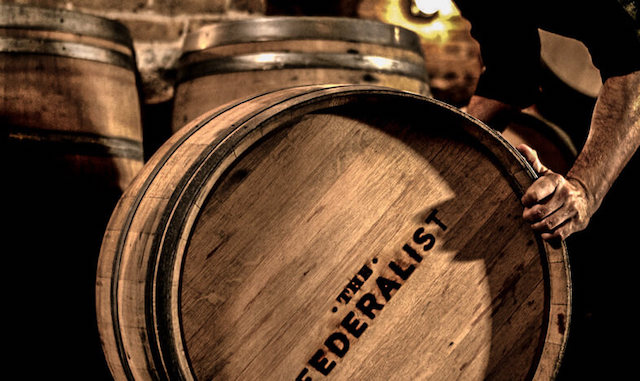
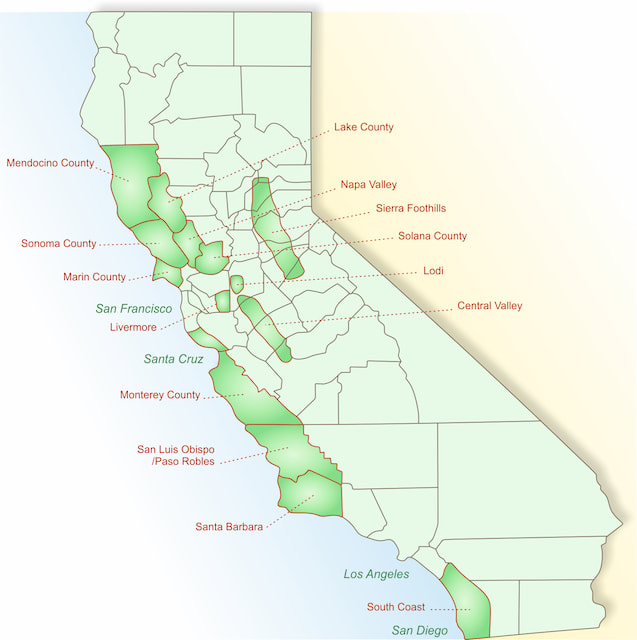
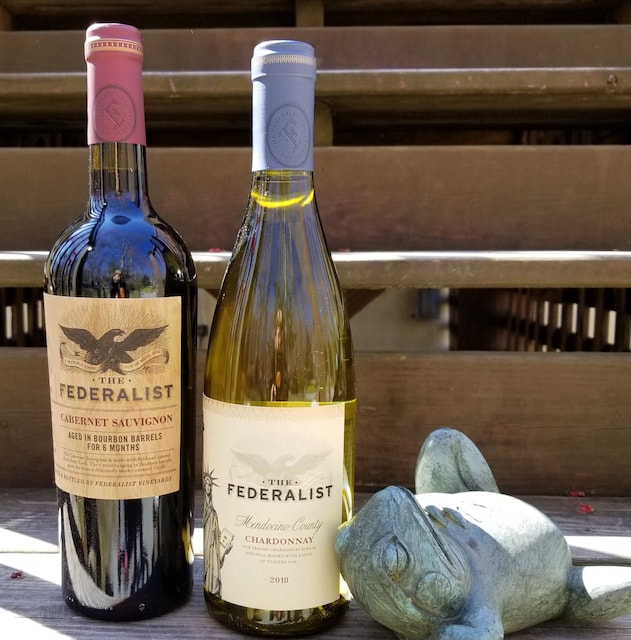
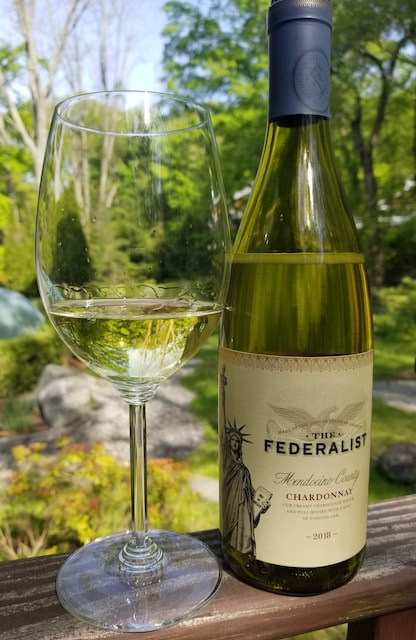
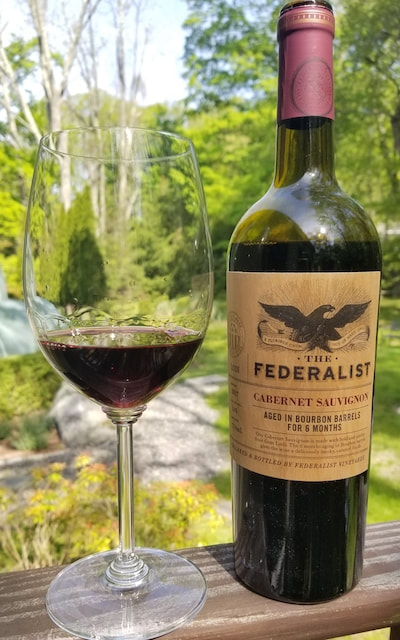
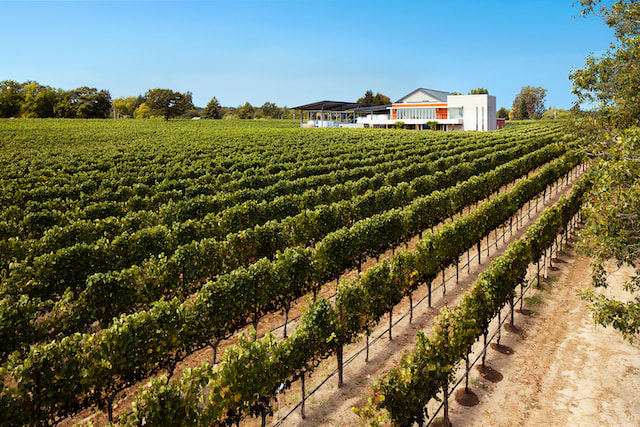

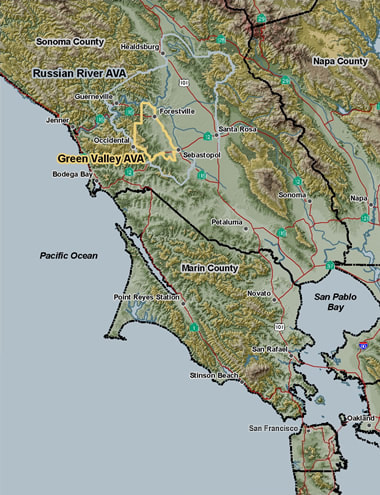
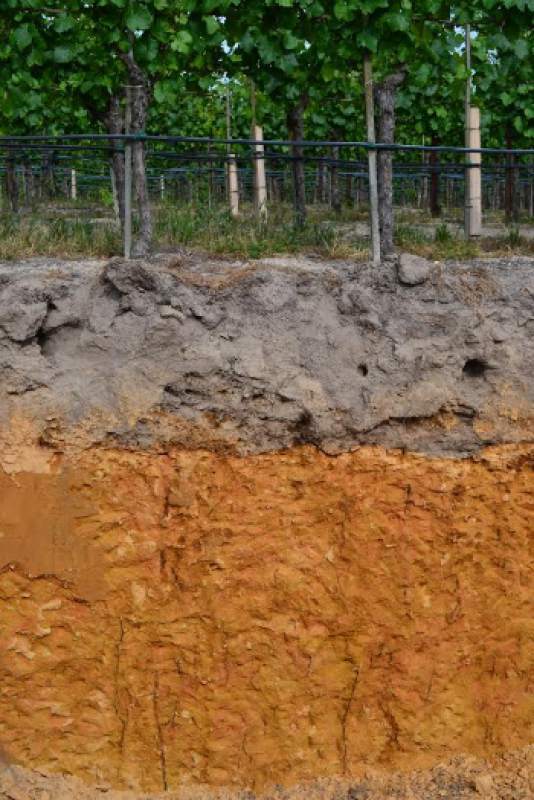
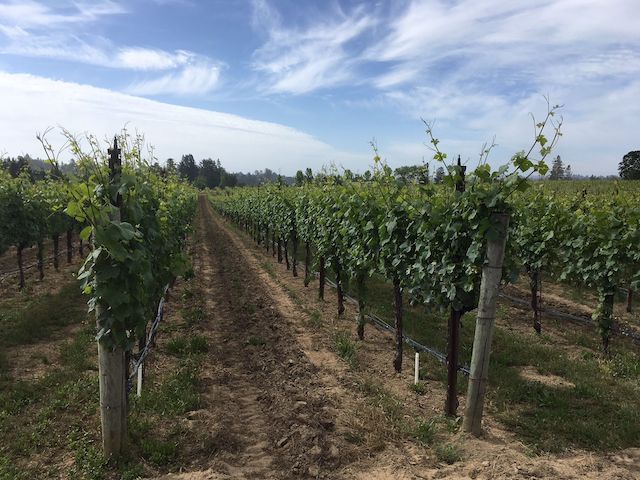
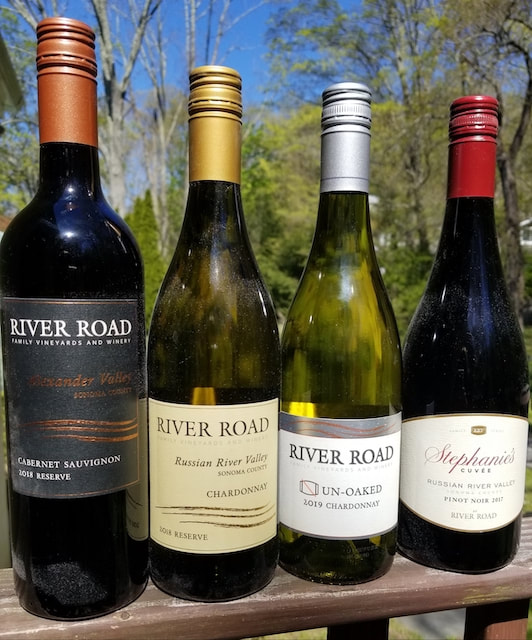
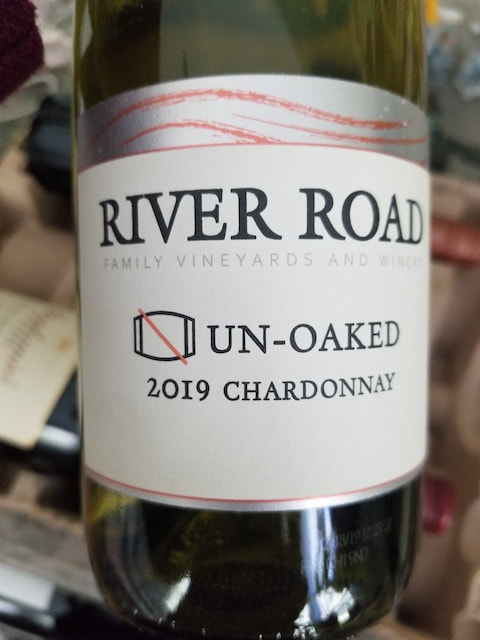
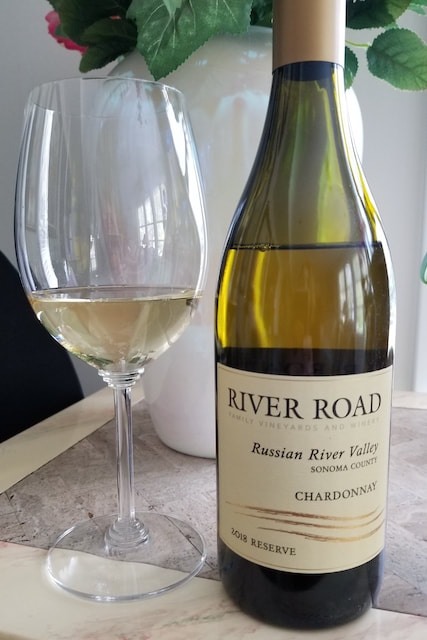
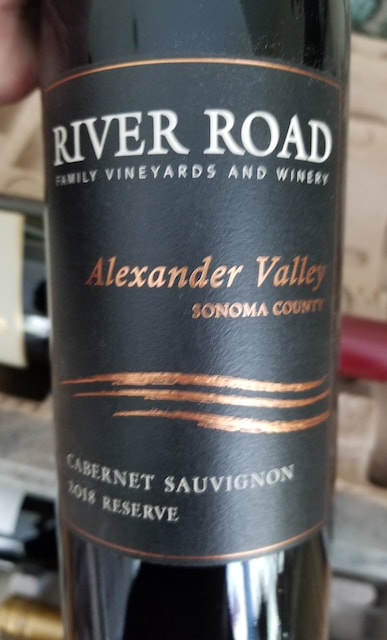
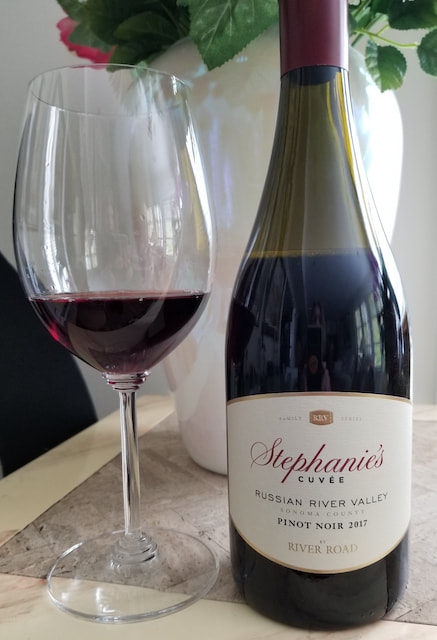
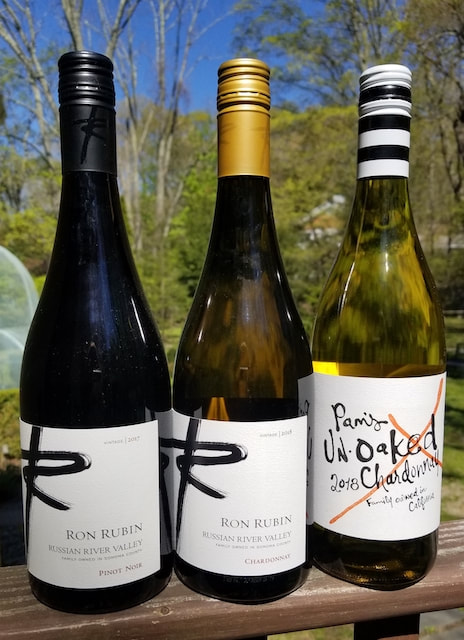
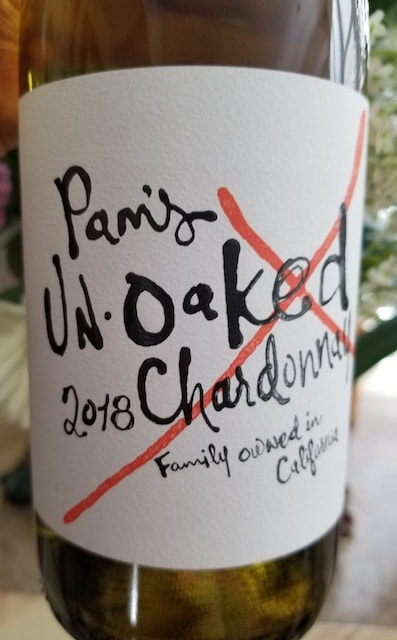
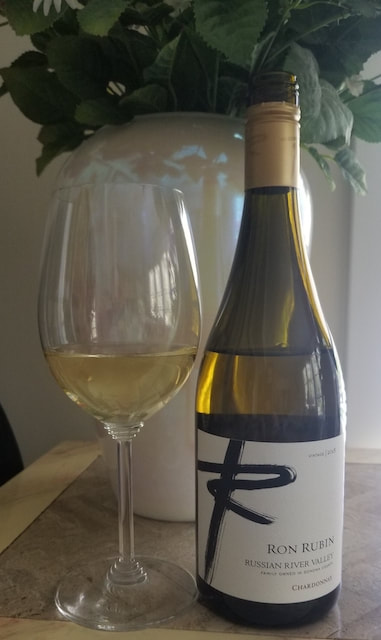
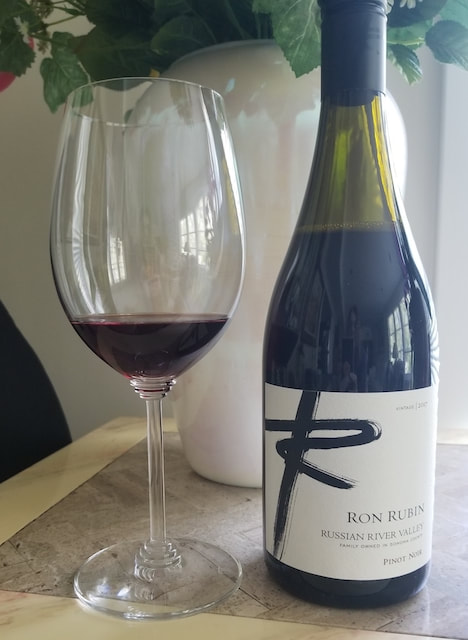
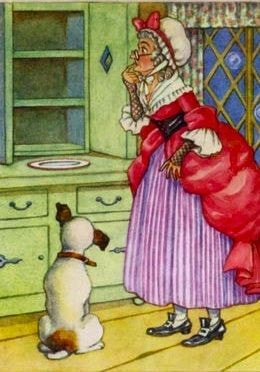
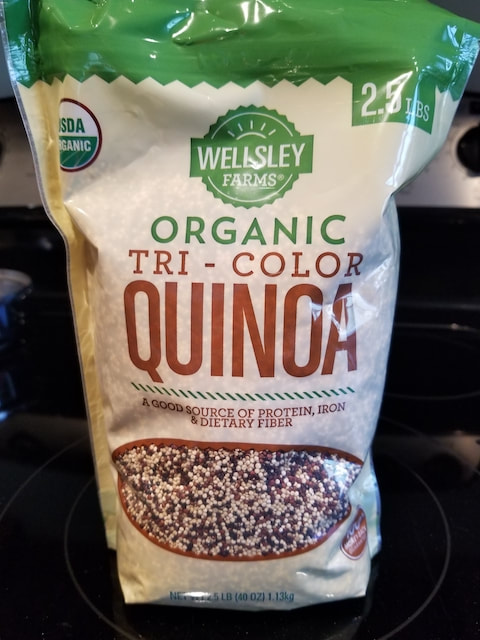
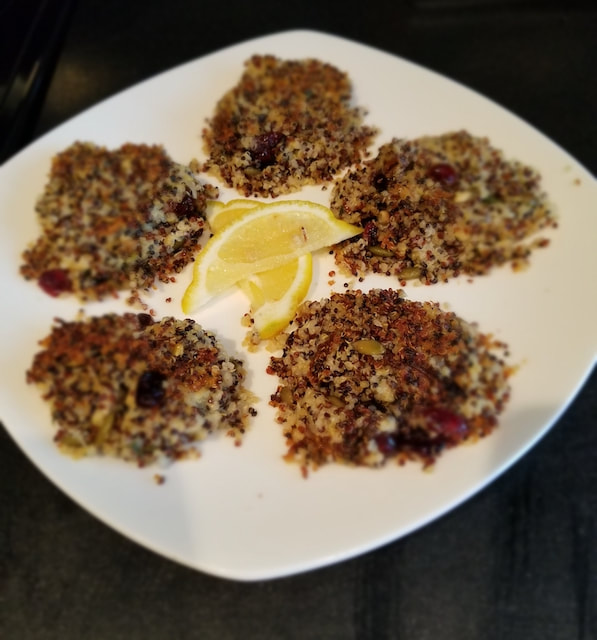
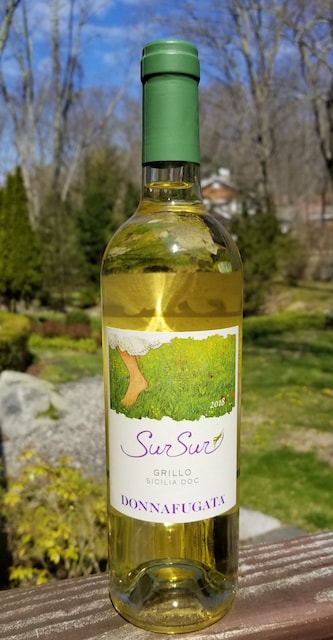
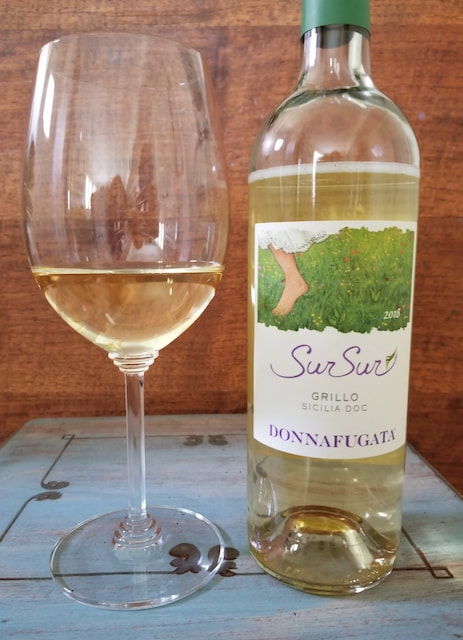
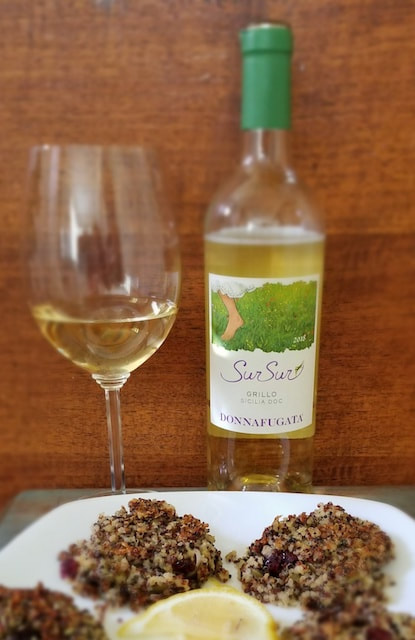
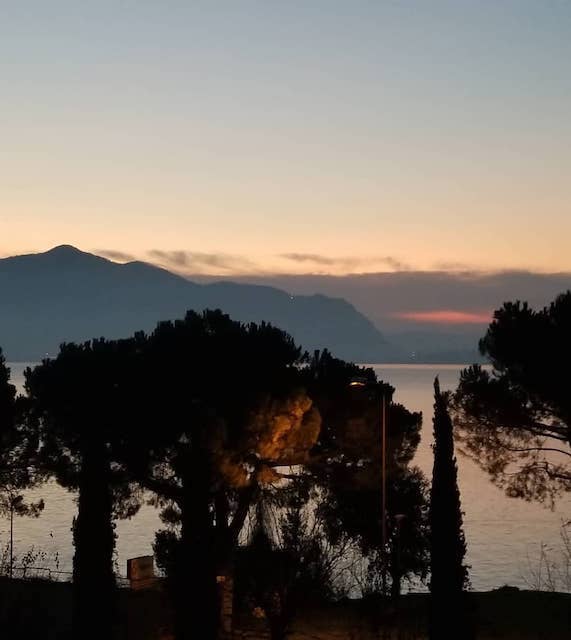
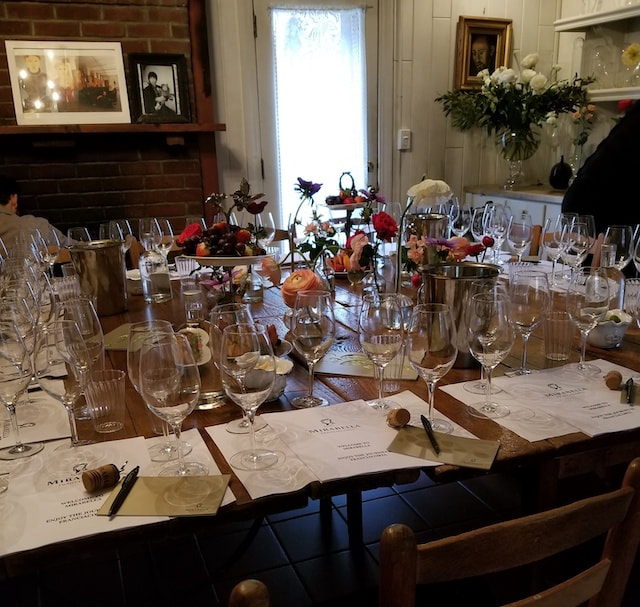
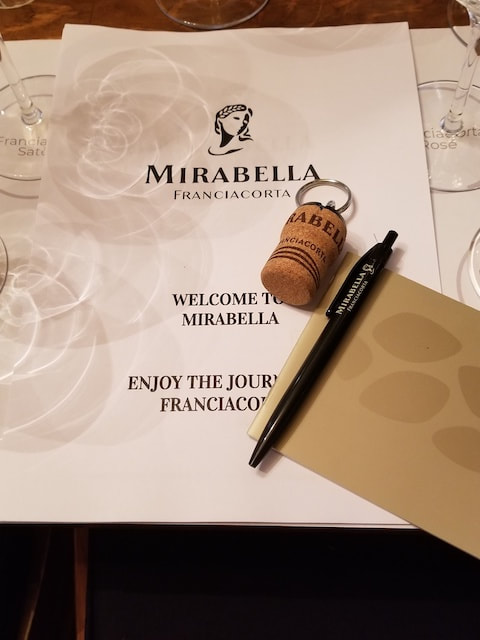
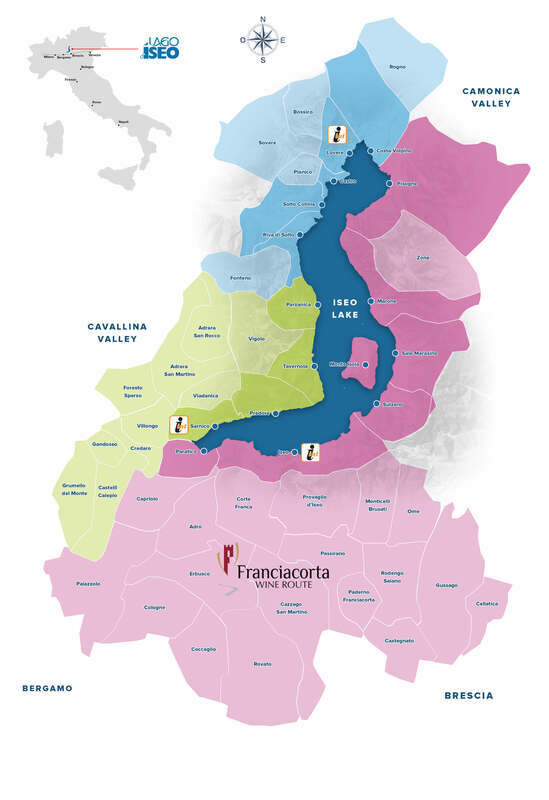
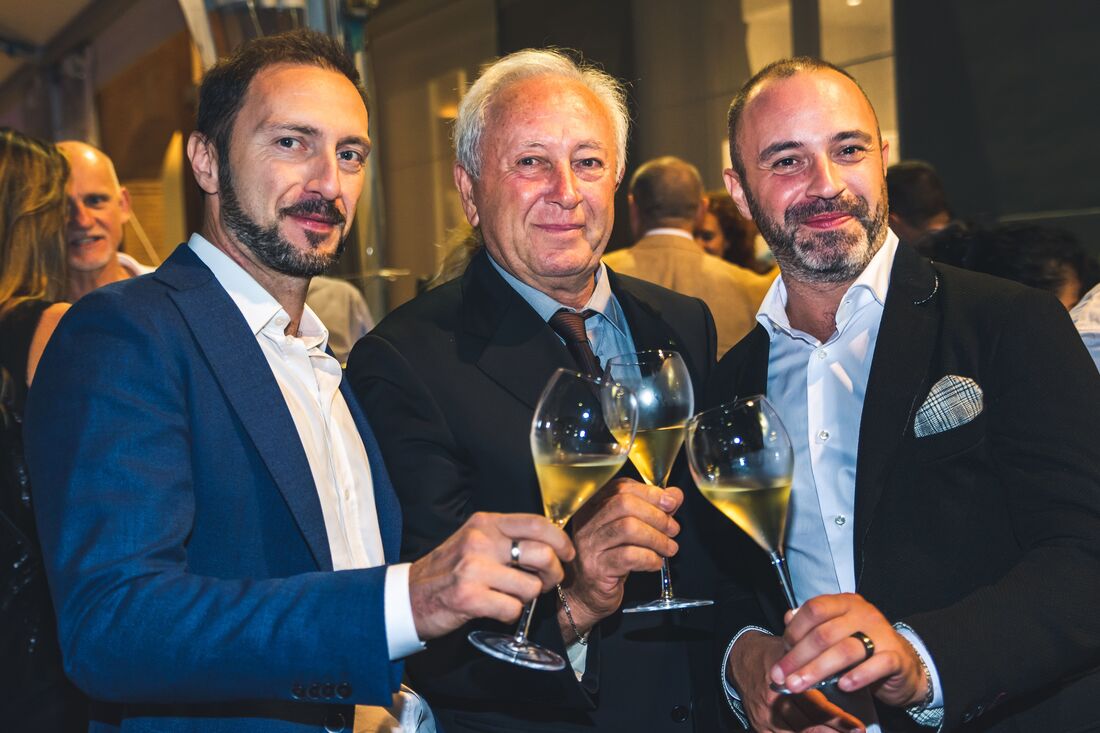
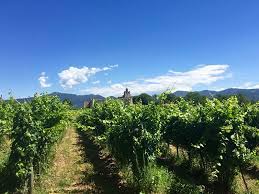
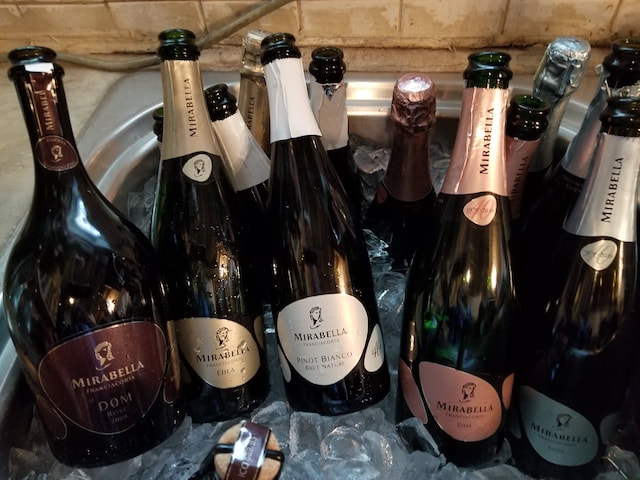
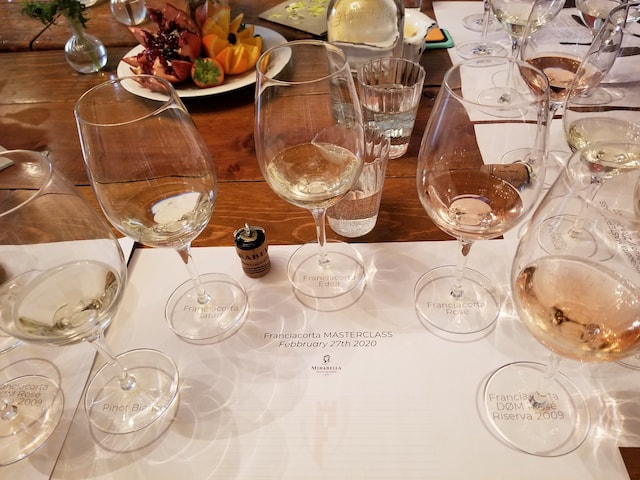
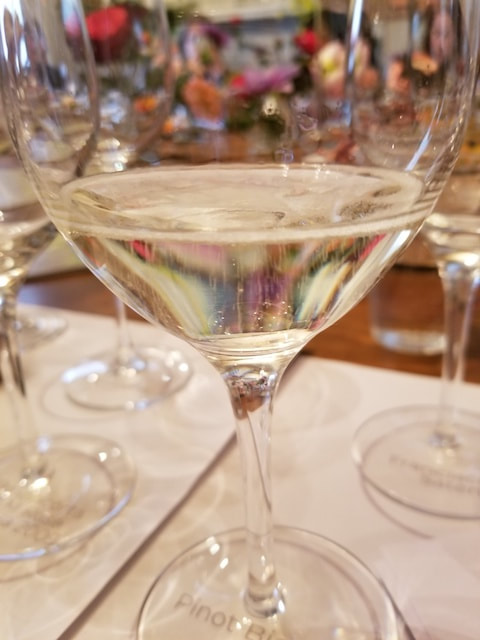
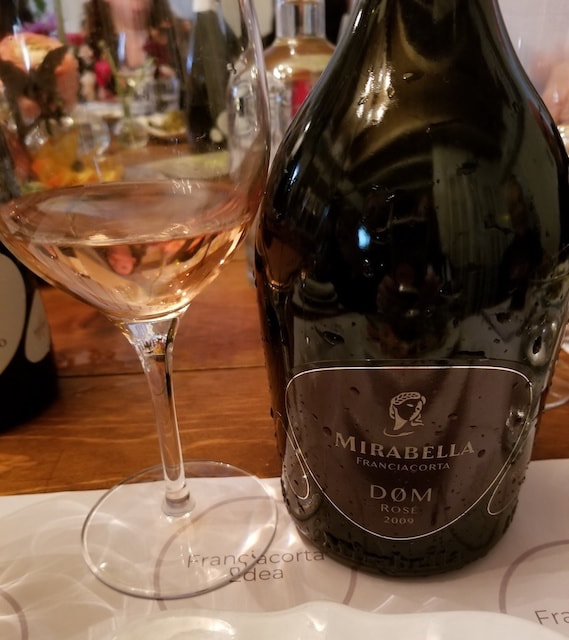
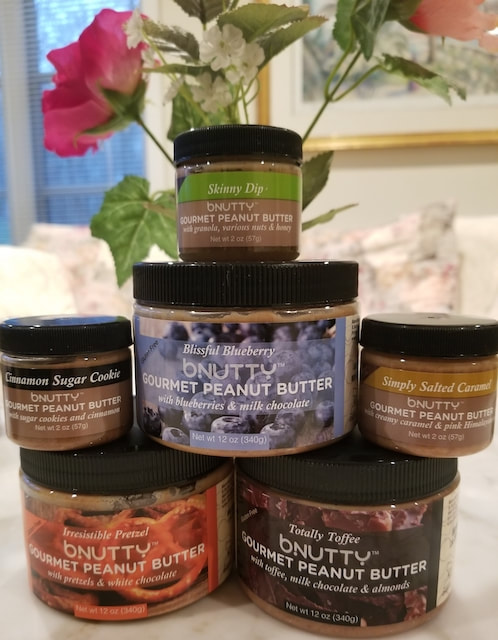
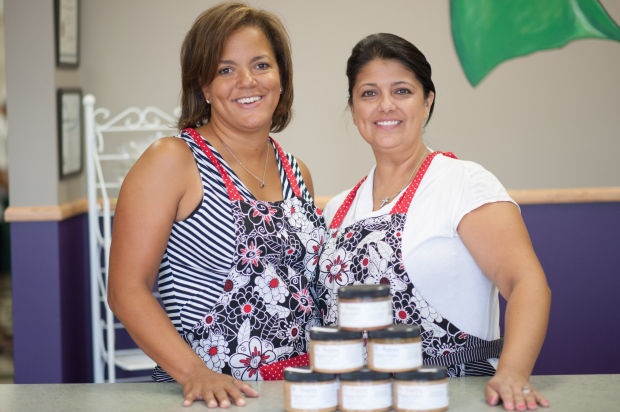

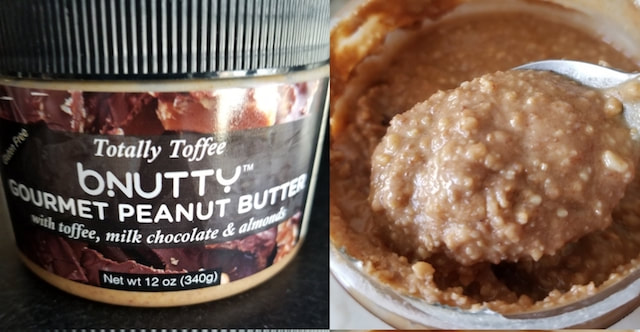
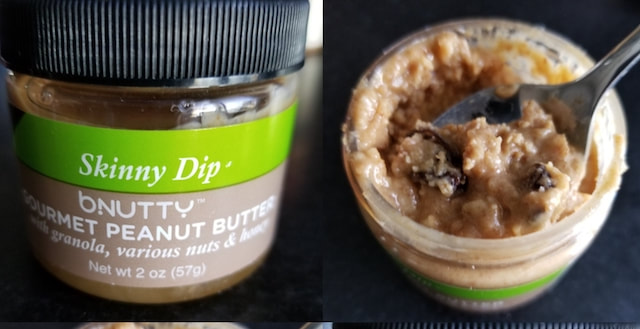
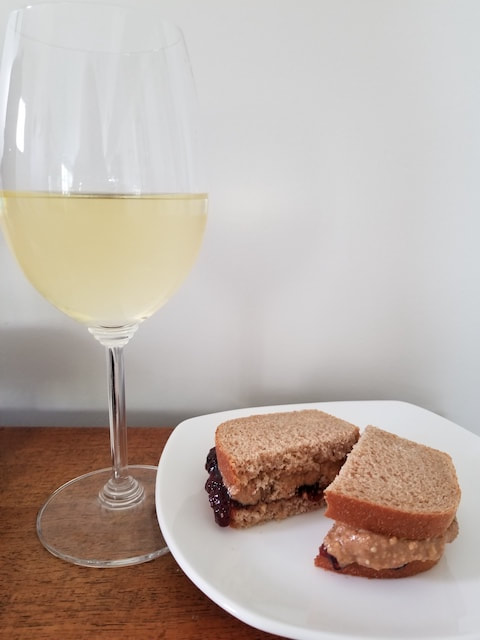
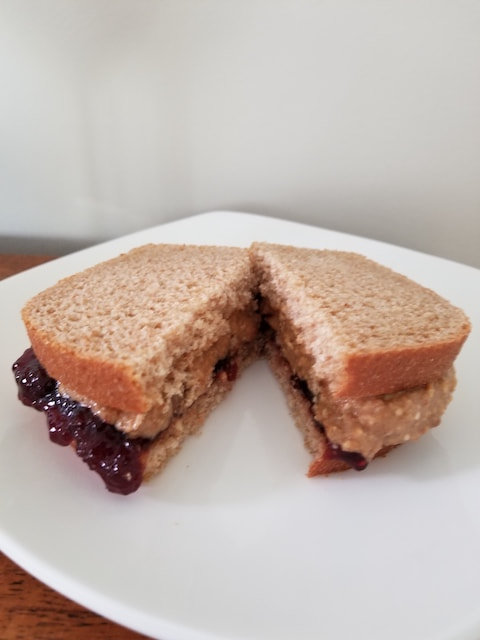
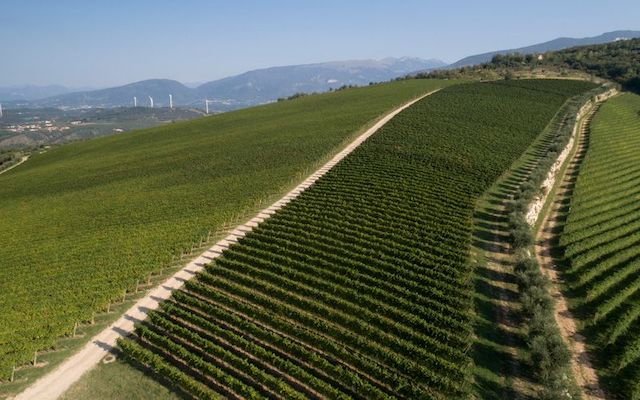
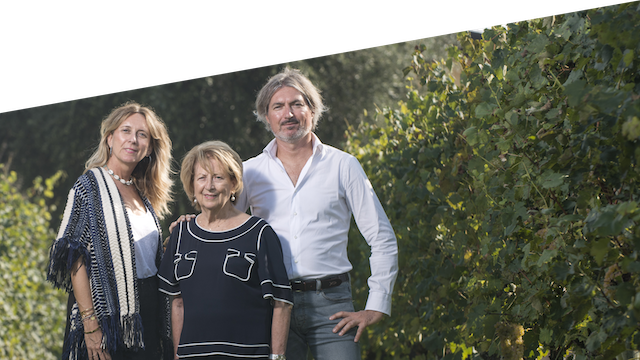
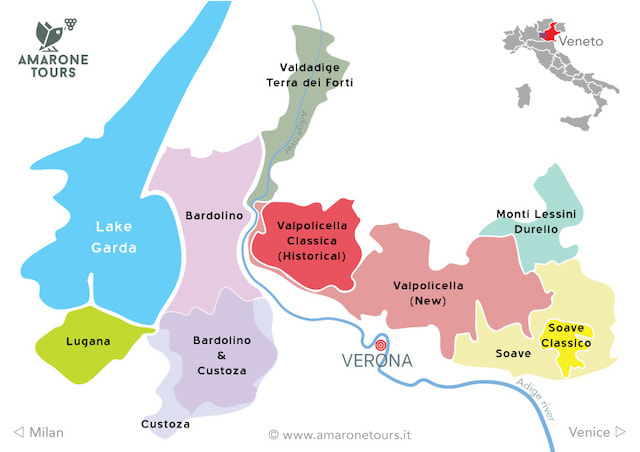
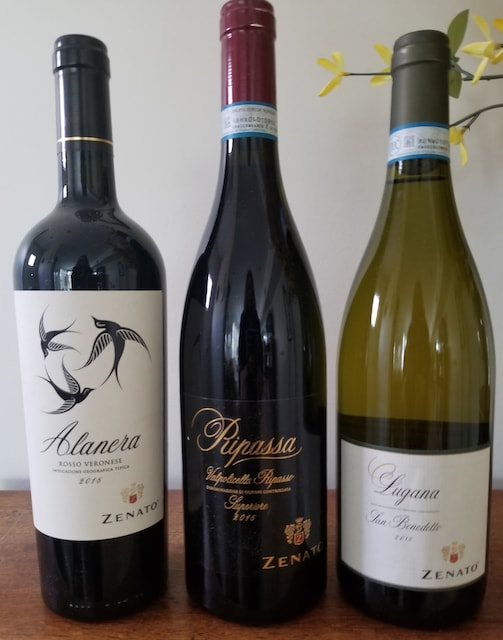
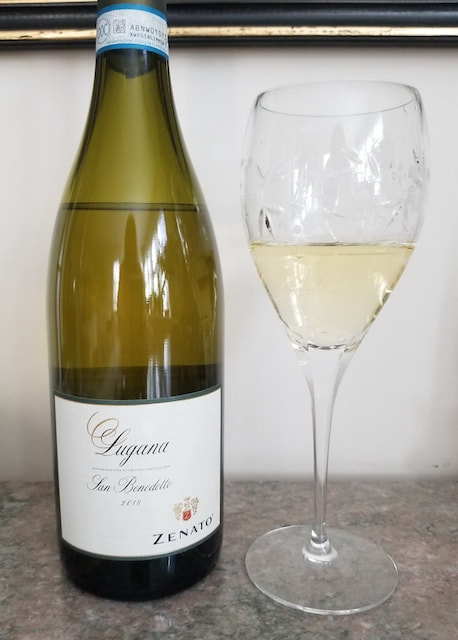
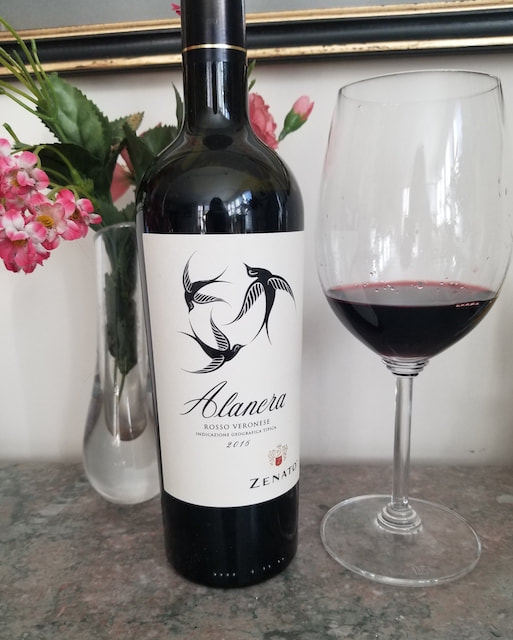
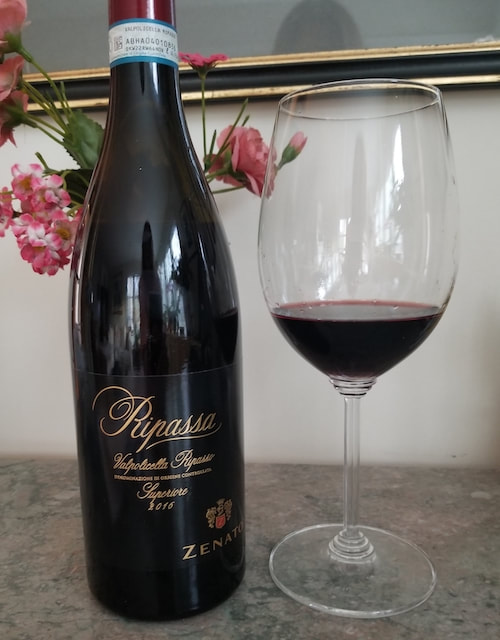

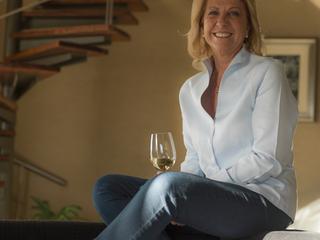
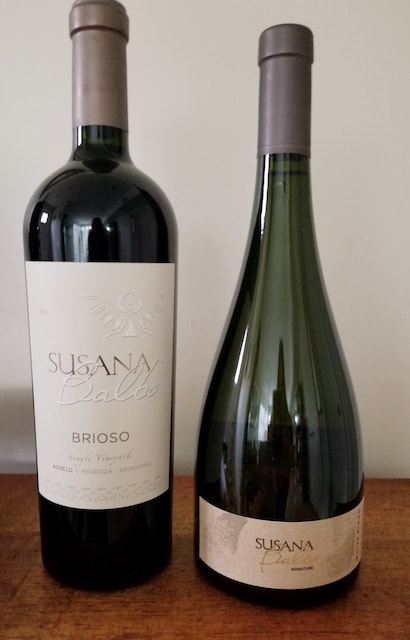
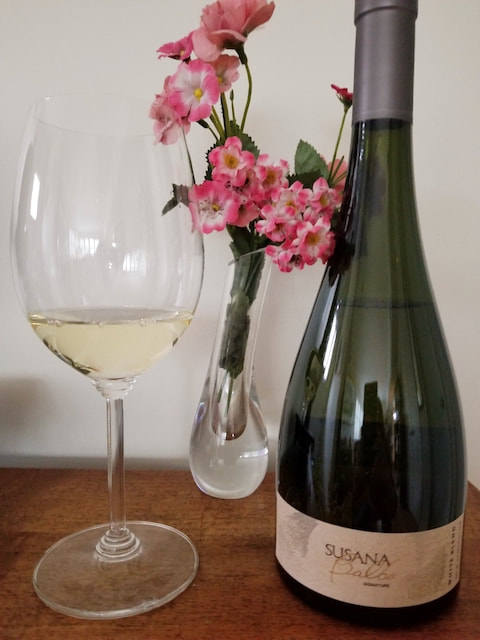
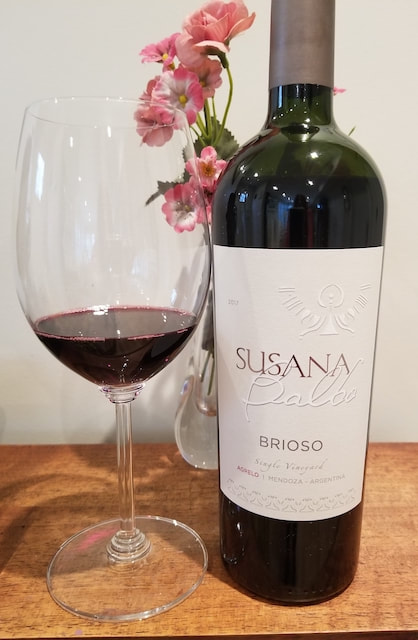
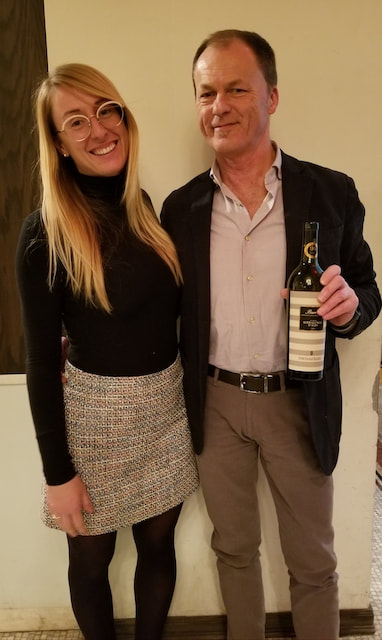
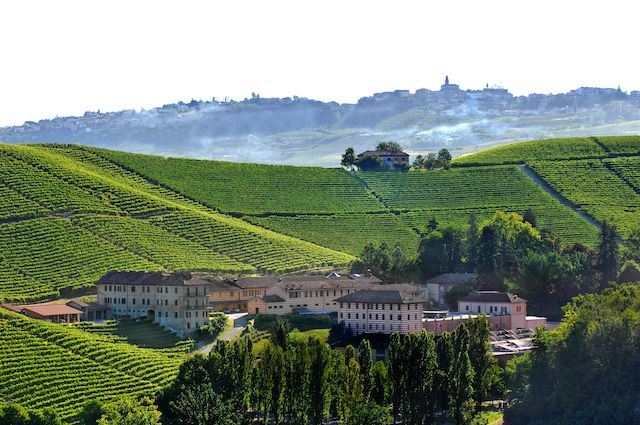
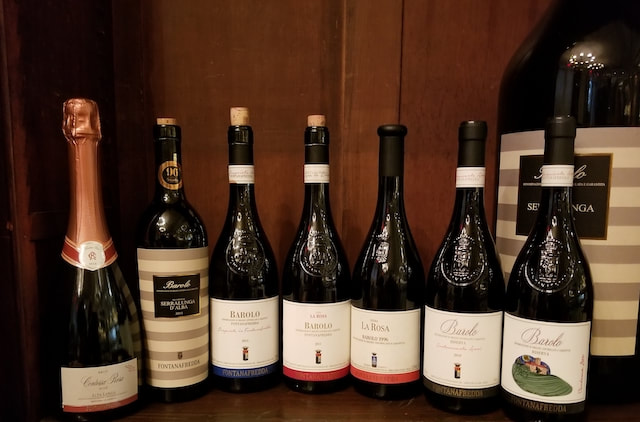
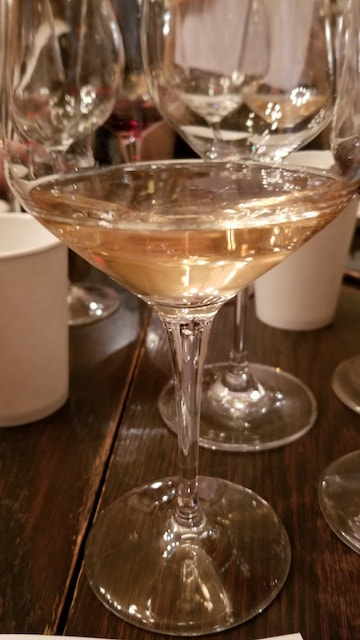
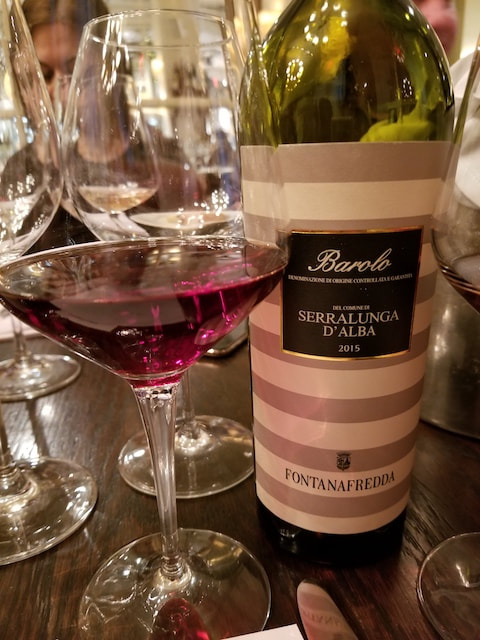
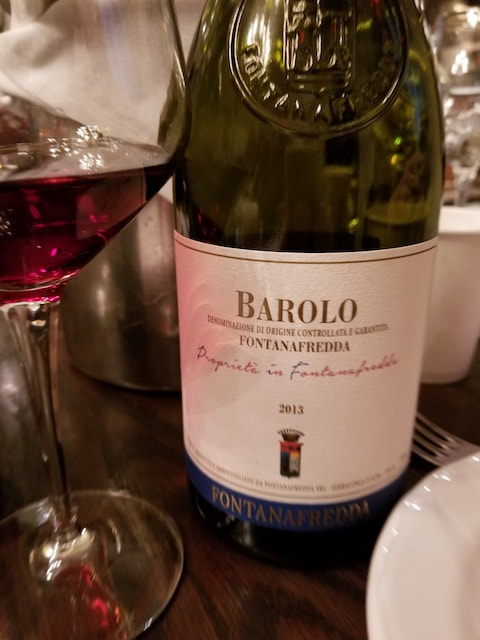
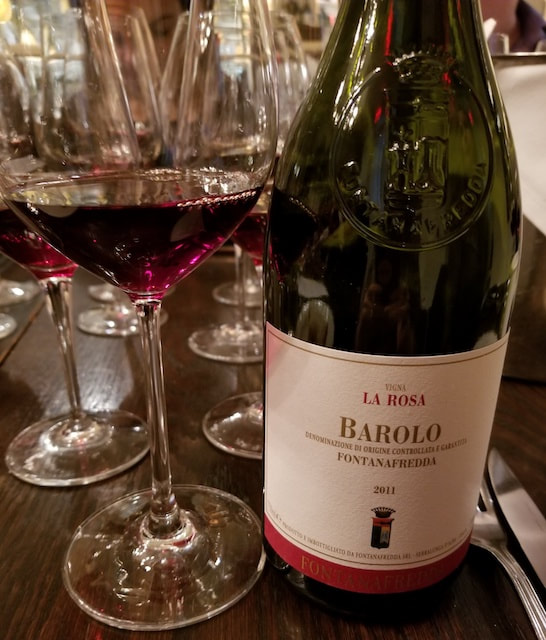
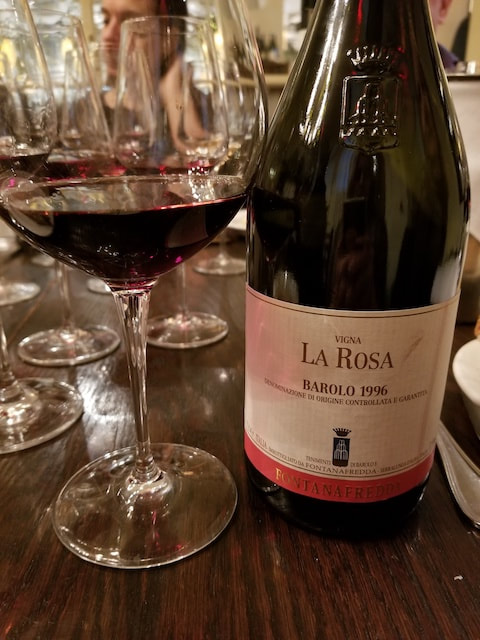
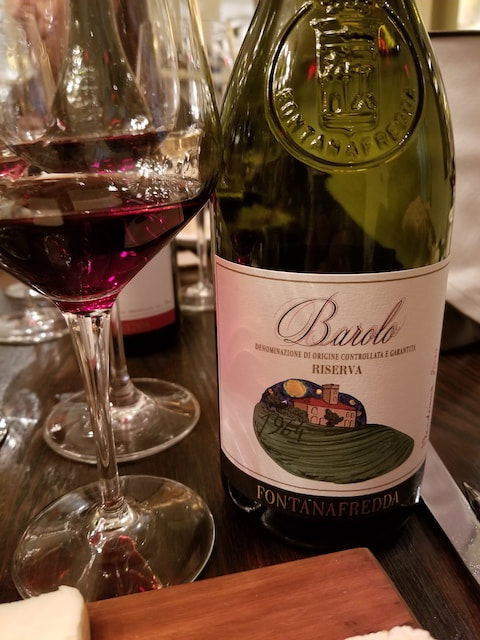
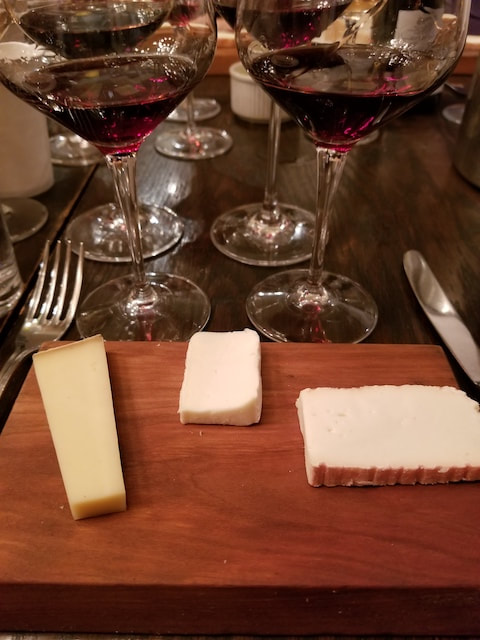
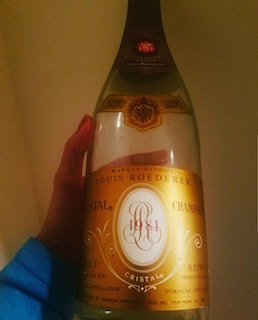
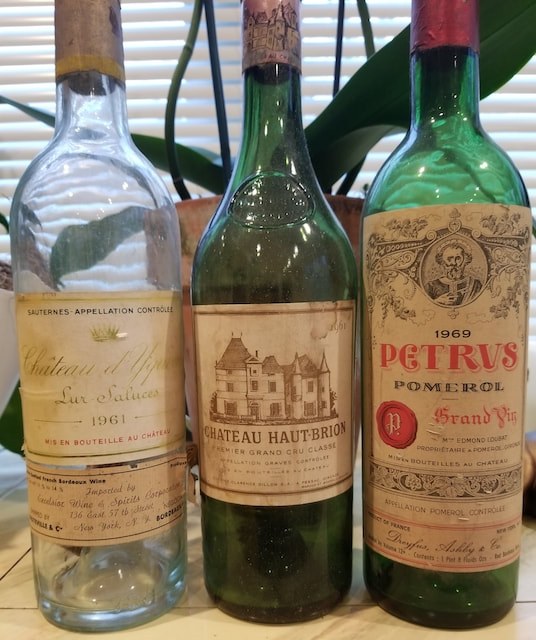
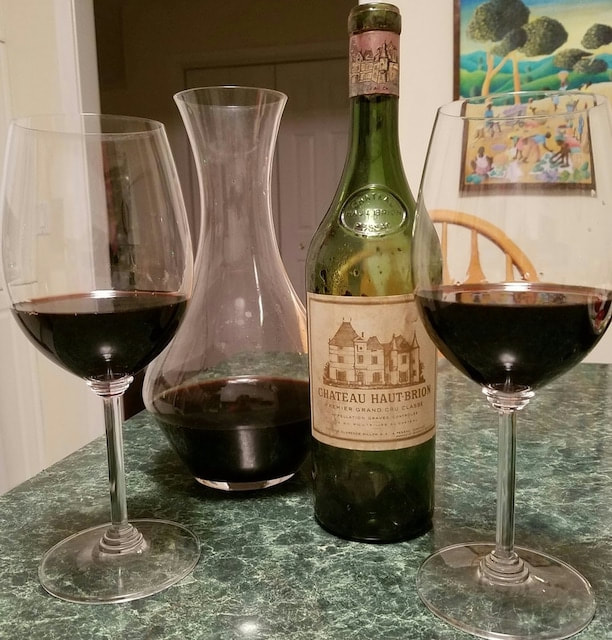
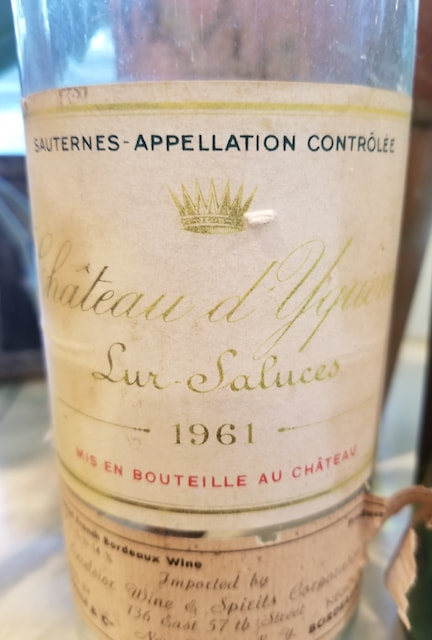

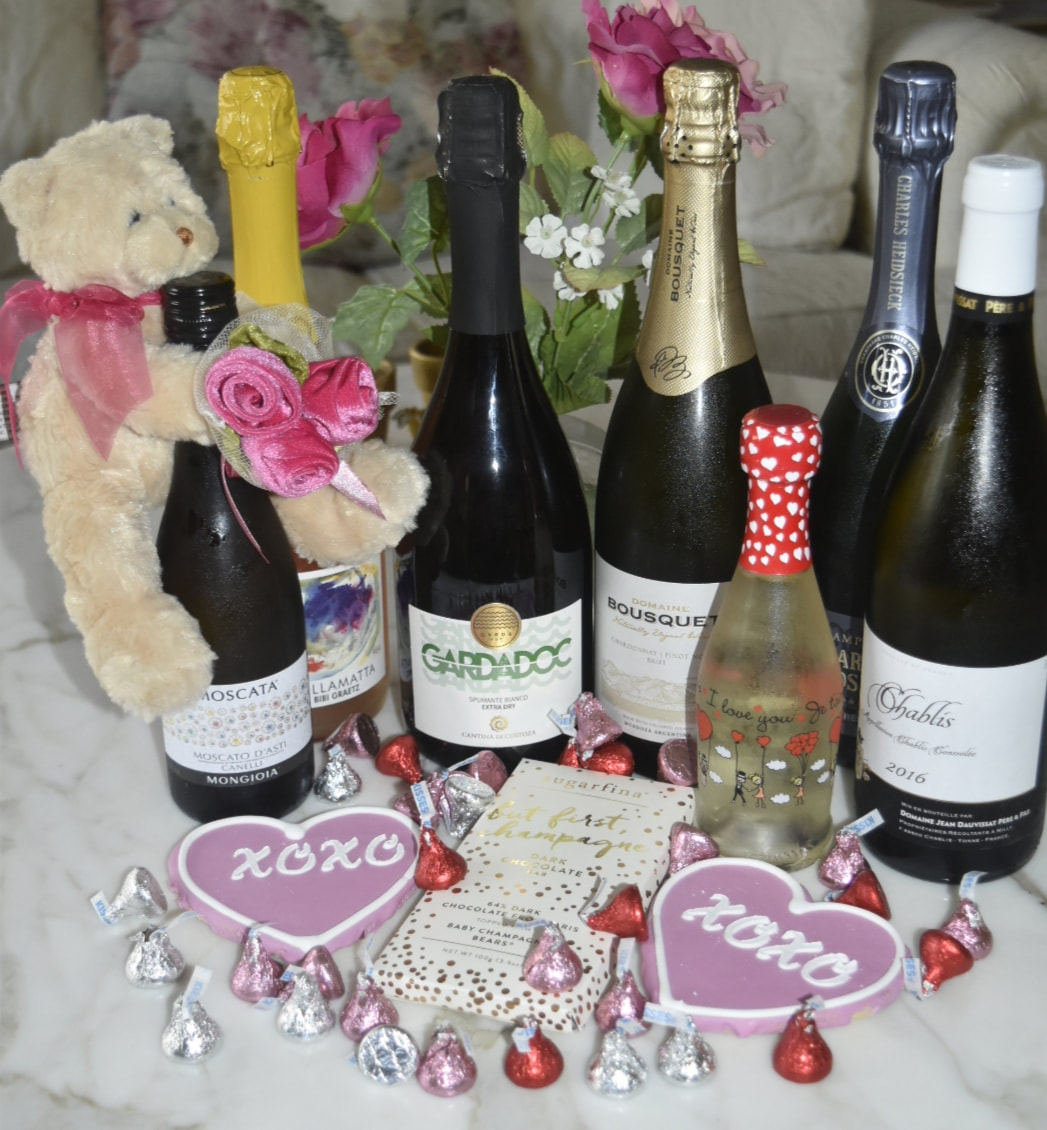
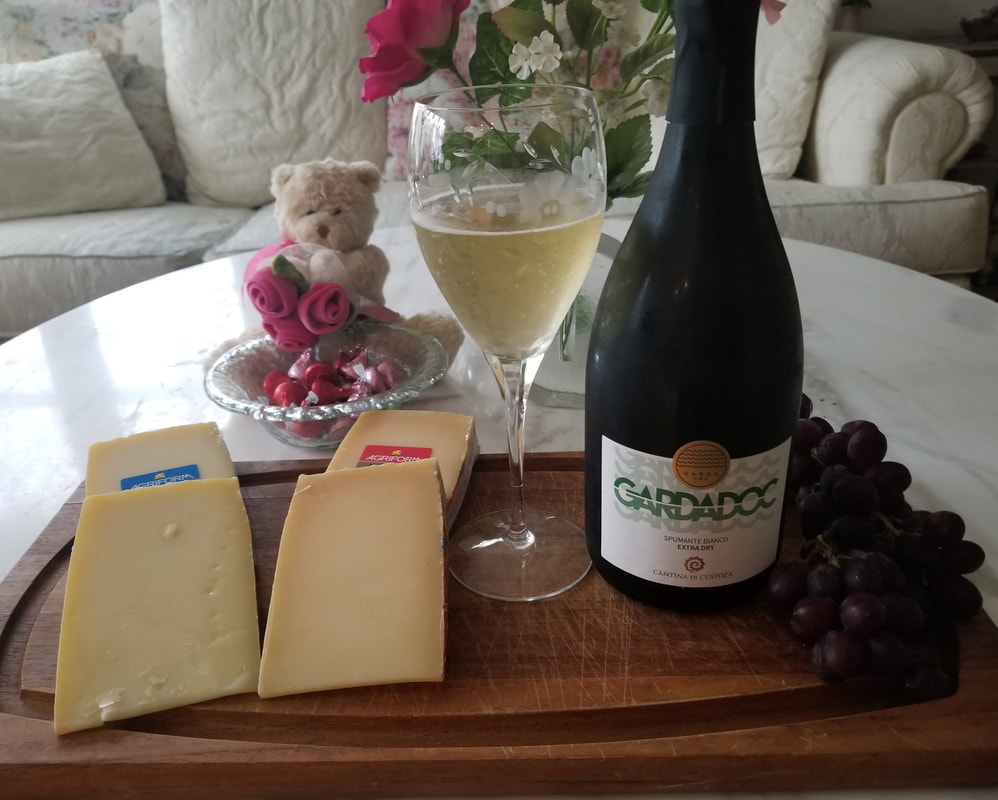
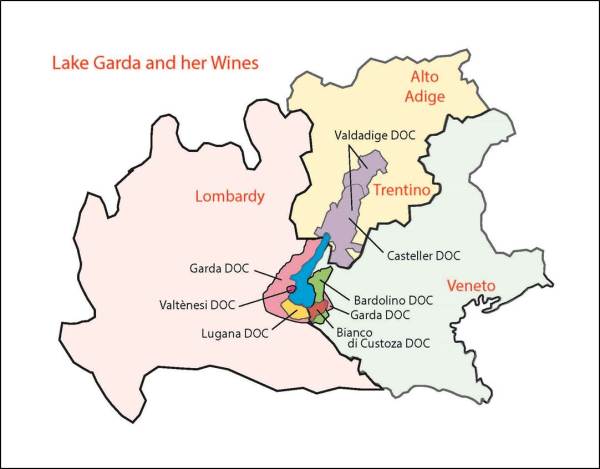
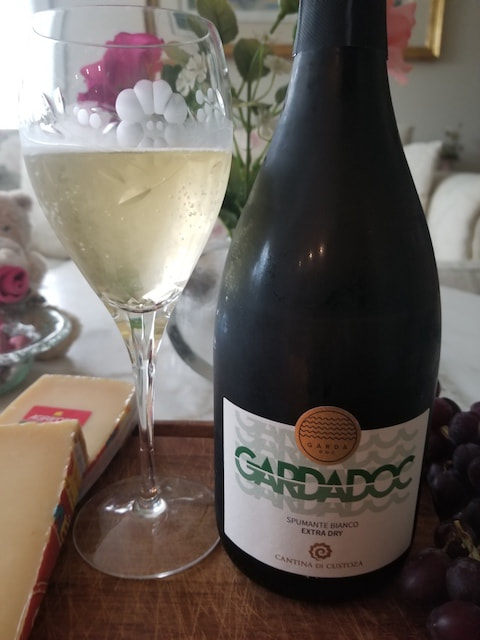
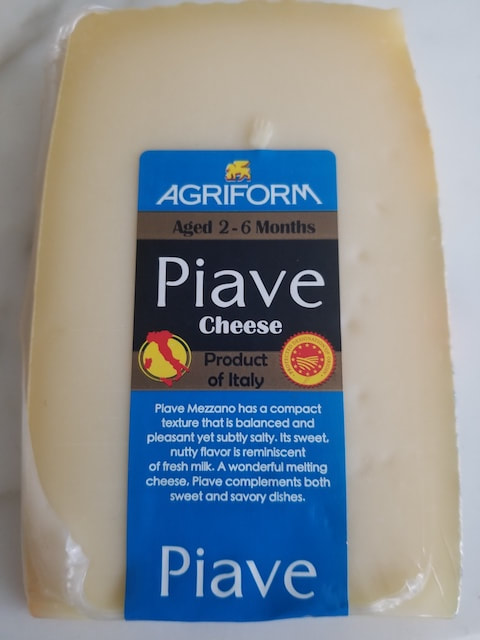
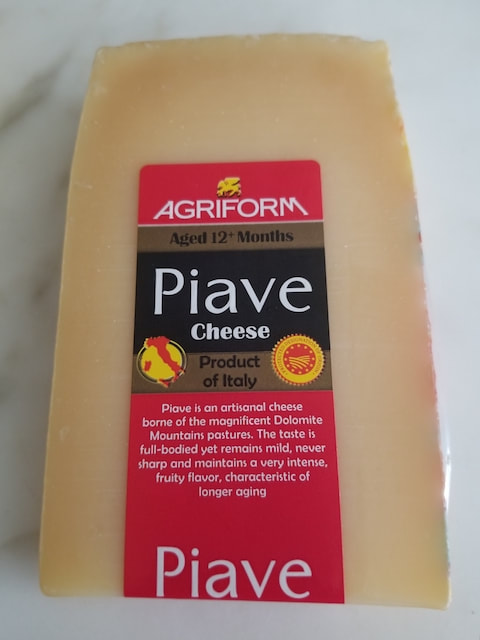
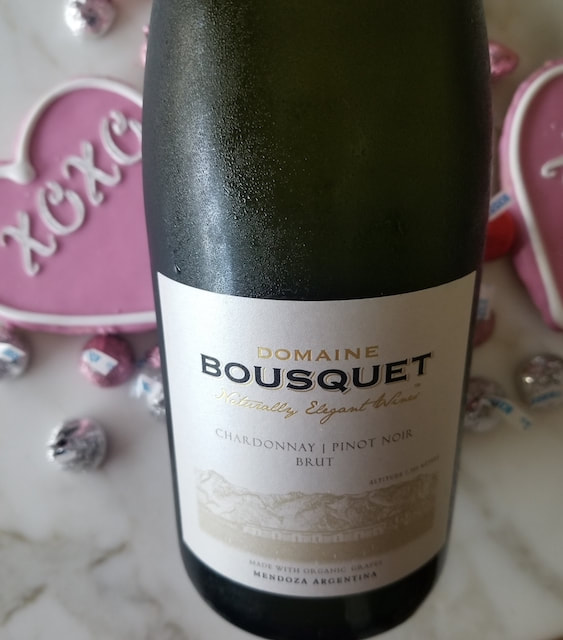
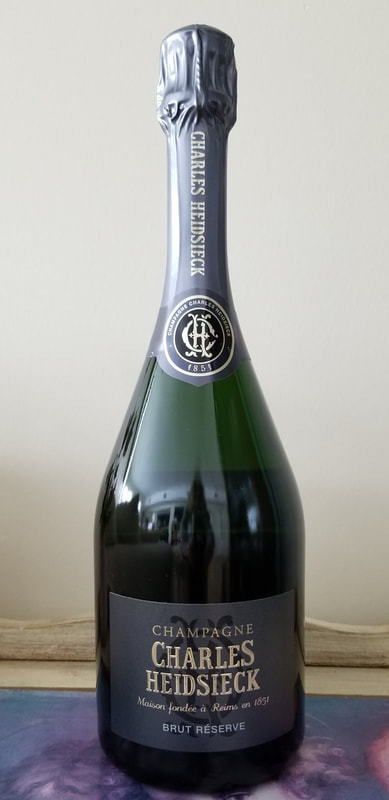
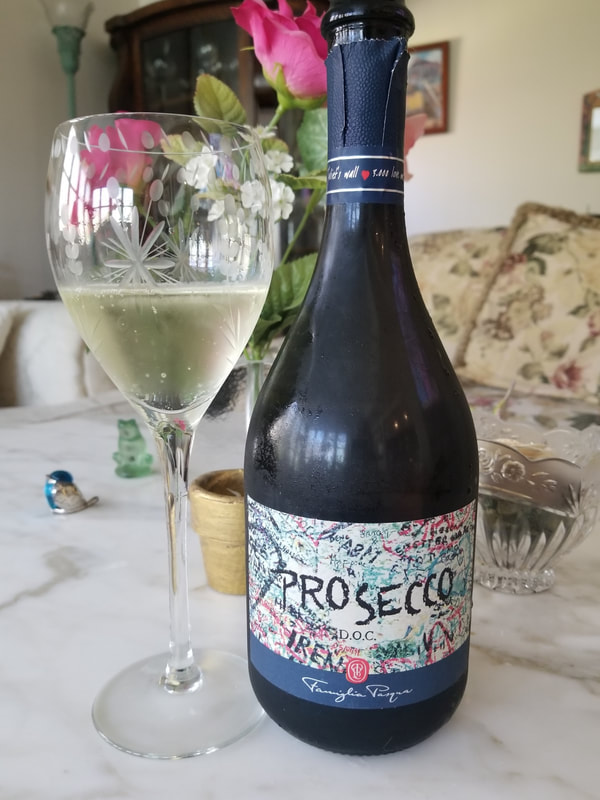
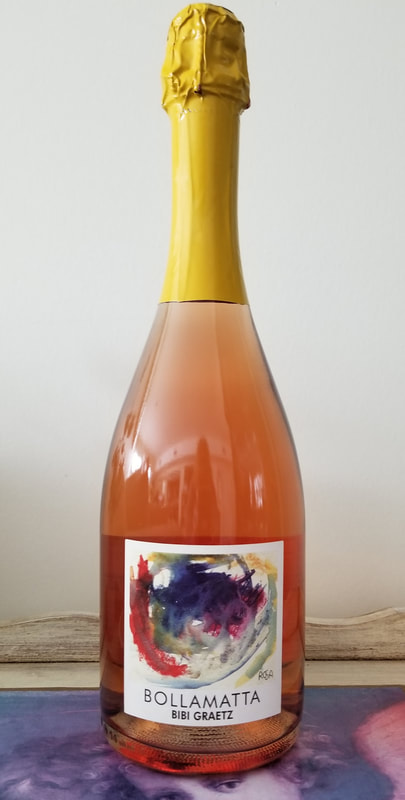
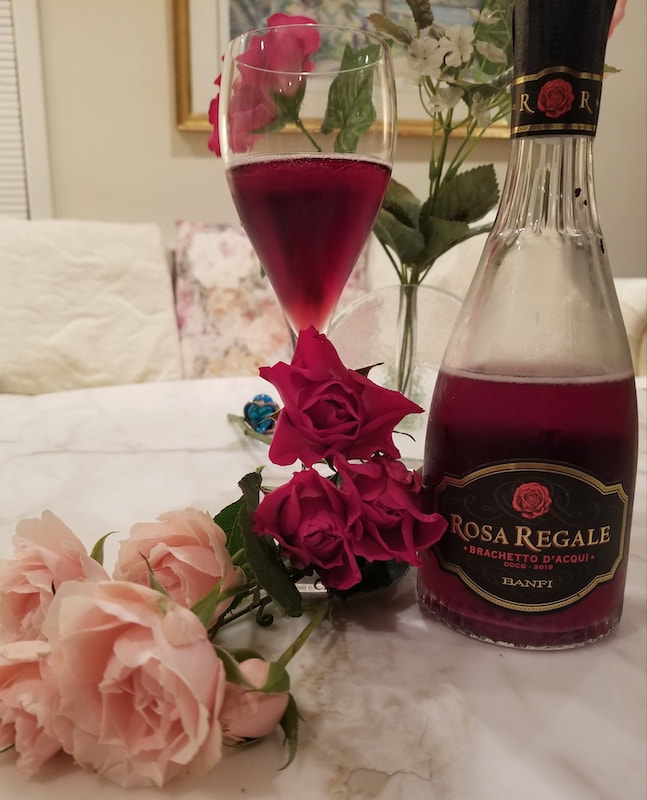
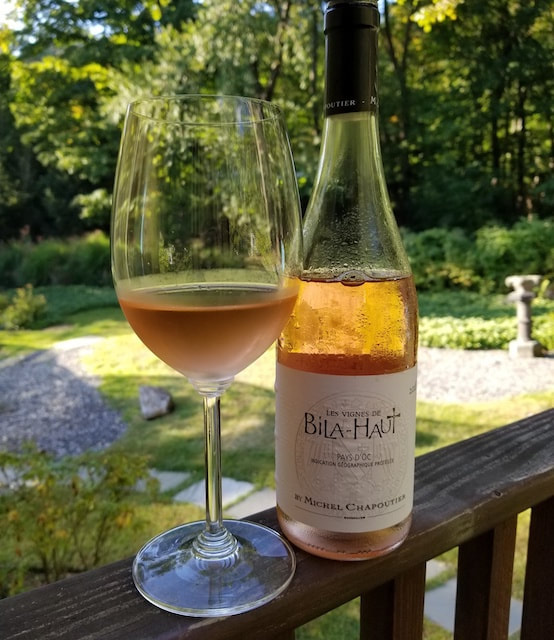
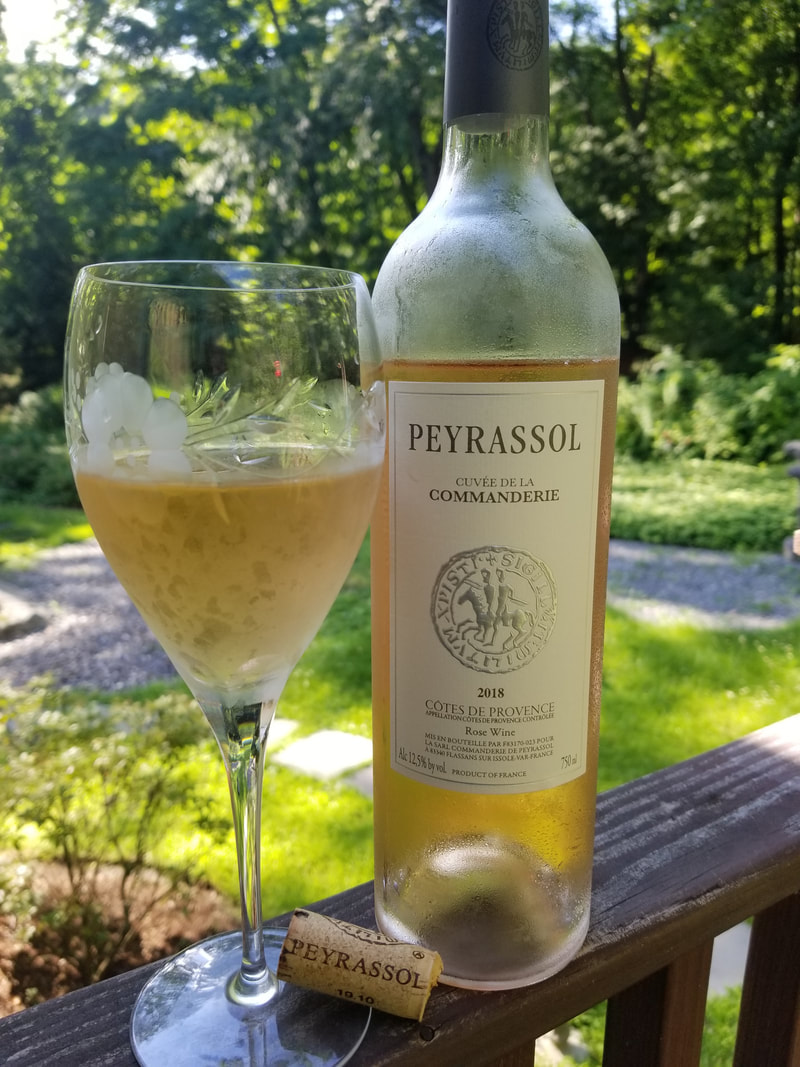
 RSS Feed
RSS Feed